The depths of winter may not be the most obvious time to plant flowers, but the colder months are actually a great time to begin planting seeds for next year’s garden. Many native wildflower seeds are best germinated through a technique known as cold stratification, which mimics the natural flow of the seasons. However, as cold stratification can take several weeks to months to complete, it is often best done in mid-winter to guarantee spring and summertime blooms.
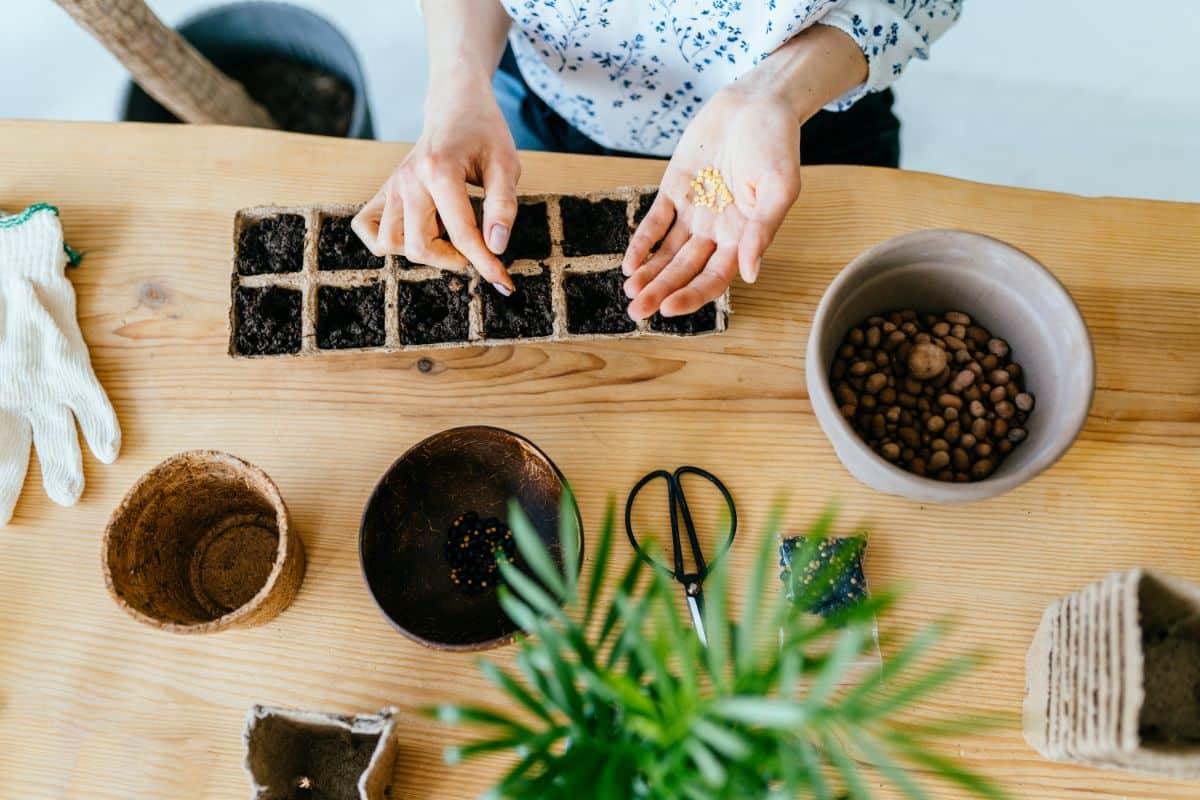
So if you thought you put your garden to bed in fall. Think again! There’s still plenty of planting to do in the middle of winter. Cold stratifying your own wildflower seeds is incredibly satisfying, offers you a great variety of plants for your garden (as many wildflowers are not sold in stores) and is a perfect way to enrich your pollinator garden with native plants.
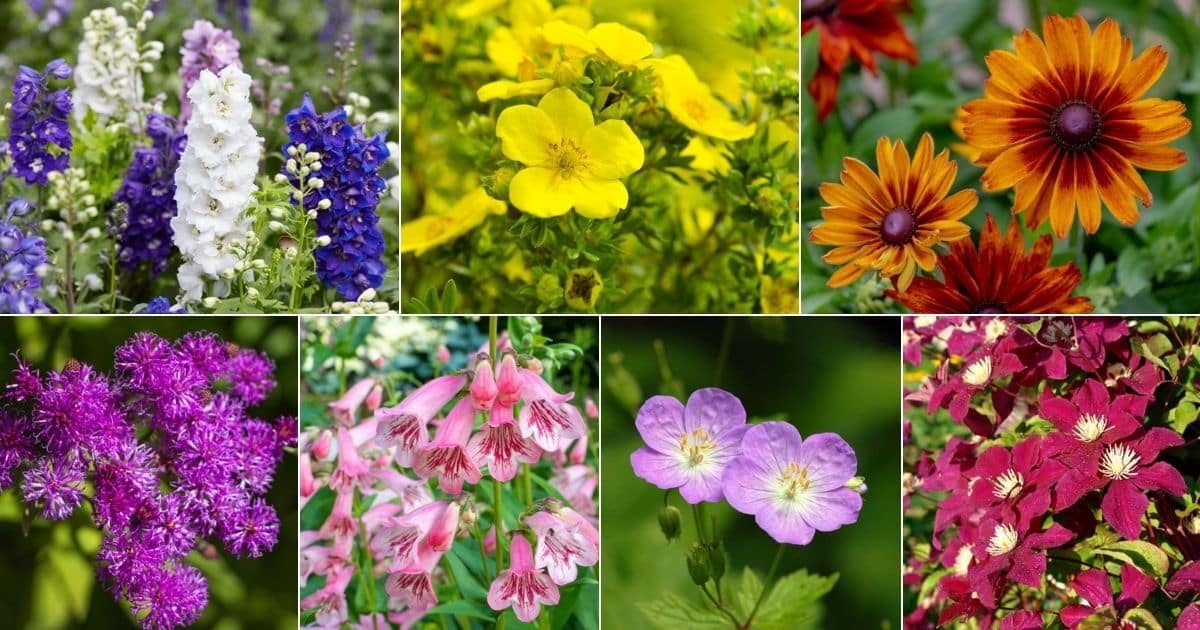
Cold stratification may sound intimidating, but it really isn’t. In this article we’ll cover everything you need to know about starting wildflower seeds indoors and the best seeds to plant in mid-winter using this method. By the end of this article, you’ll be growing native wildflowers like a pro.
So let’s get started!
Jump to:
- Top 30 flowers for winter planting
- 1. Milkweed
- 2. Lady’s Mantle
- 3. False Indigo
- 4. Butterfly bush
- 5. Clematis
- 6. Delphinium
- 7. Meadowsweet
- 8. Hellebores
- 9. St. John’s Wort
- 10. Lavender
- 11. Edelweiss
- 12. Catmint
- 13. Evening Primrose
- 14. Penstemon
- 15. Chinese Lantern
- 16. Rudbeckia
- 17. Bloodroot
- 18. Lupine
- 19. Prairie Coneflower
- 20. Marsh Marigolds
- 21. Wild Geranium
- 22. Anise Hyssop
- 23. Ironweed
- 24. Bee Balm
- 25. Blue Flax
- 26. Yarrow
- 27. Tansy
- 28. Hen-and-Chicks (aka houseleeks)
- 29. Verbena
- 30. Boneset
- What sort of flowers are best for winter sowing?
- Cold stratification for native wildflower seeds
- Conclusion
Top 30 flowers for winter planting
Most native wildflower seeds a great options for winter sowing and cold stratification. Below, we’ve selected our top 30 favorite wildflower seeds for winter planting, but feel free to explore seed catalogs and seed websites for different varieties.
Often, you’ll find that cold stratification allows you to work with different plants that you just can’t find at local nurseries!
1. Milkweed
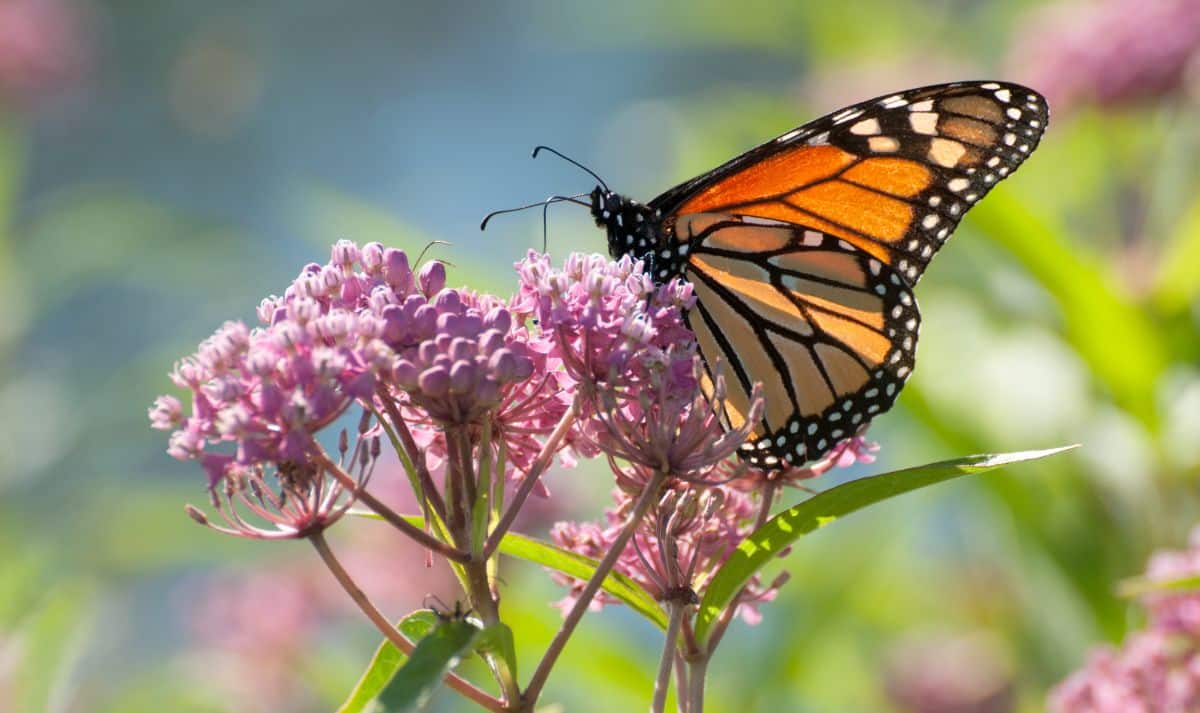
| Plant name: | Milkweed |
| Cold Stratification Period: | 3-6 weeks |
| Lighting: | Full sun |
| Water: | Low – relatively drought tolerant once established |
| Growing zone: | Zone 4-9 |
Arguably the most important flower to grow in pollinator gardens, milkweed is a sumptuously scented plant with big, beautiful clusters of flowers in purple, orange, yellow, pink or white.
There are over 70 different types of milkweed native to the United States. A relatively easy to grow plant, milkweed is semi drought-tolerant once established and loves full sun, although a few types have adapted to partial shade. Named for its milky, white sap which is visible when stems and leaves are broken, when milkweed goes to seed in autumn, it produces seeds with lots of fluff for wind dispersal.
Many pollinators, including bees and butterflies, feed on milkweed’s rich nectar and pollen. However monarch butterfly caterpillars ONLY feed on milkweed vegetation, so this plant is essential for their survival. If you want to attract monarchs to your garden, planting milkweed is a guaranteed way to do it.
2. Lady’s Mantle
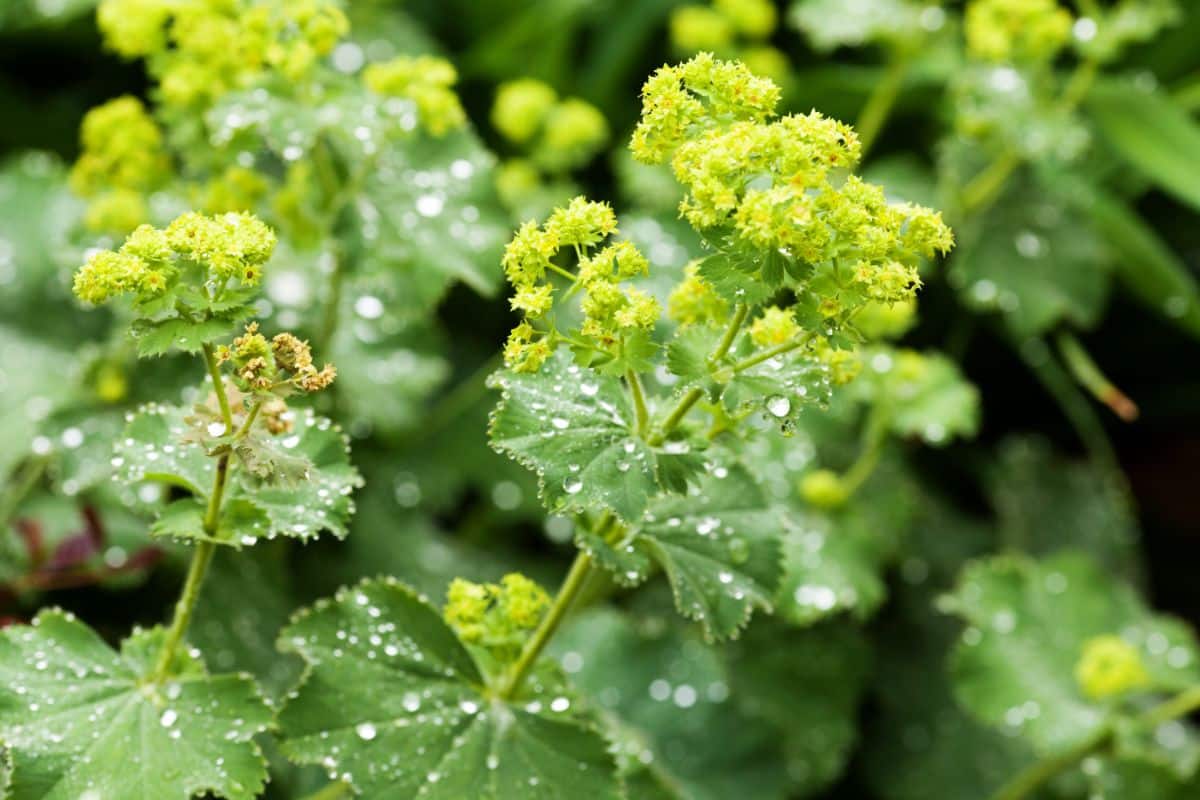
| Plant name: | Lady’s Mantle |
| Cold Stratification Period: | 3-4 weeks |
| Lighting: | Full sun to part shade |
| Water: | Moderate |
| Growing zone: | Zone 3-8 |
An inconspicuous plant, but an interesting one, lady’s mantle is naturally found in the Carpathian mountains and regions in Turkey.
A low-growing plant, lady’s mantle rarely grows taller than 24” high, but is prized for its sprays of delicate yellow flowers and interestingly shaped scalloped leaves. In fact, lady’s mantle’s leaves are what gave this plant its Latin name “Alchemilla.” In early morning, the leaves’ tiny hairs hold droplets of dew which alchemists once believed could be used in their recipes to create gold!
In the garden lady’s mantle is a pretty easy going plant, but it does like a fair amount of water. A pollinator favorite, lady’s mantle exudes a light, honey scent, which insects can’t resist. Just be aware this prolific self-sower can be invasive in some areas, so plant with care.
3. False Indigo

| Plant name: | False Indigo |
| Cold Stratification Period: | 6-12 weeks |
| Lighting: | Full sun |
| Water: | Low to moderate – can be relatively drought tolerant once established |
| Growing zone: | Zone 3-10 |
False indigo grows 3 to 4’ tall and produces sprays of purple flowers that look very similar to those of sweet peas. Another plant that’s great for pollinator gardens, false indigo grows as a perennial down to zone 3.
Once, false indigo was used by Native Americans to create a blue dye until true indigo was introduced to the continent by Europeans. Today, this plant is primarily valued for its aesthetic, and its bushy growth habit looks lovely as a backdrop in garden beds with shorter annuals.
Slow to germinate, false indigo has a long cold-stratification period of up to 12 weeks, so be sure to get seeds planted early!
4. Butterfly bush
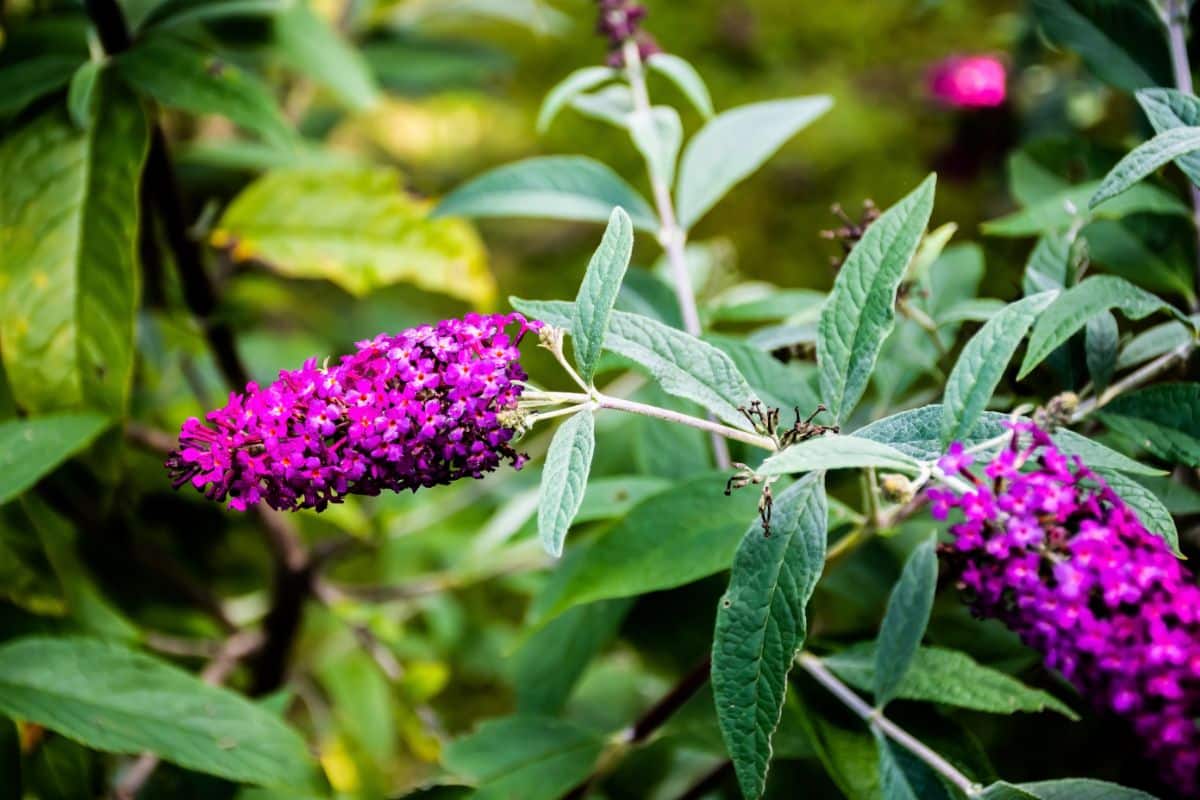
| Plant name: | Butterfly Bush |
| Cold Stratification Period: | 4-6 weeks |
| Lighting: | Full sun |
| Water: | Low to moderate – can be relatively drought tolerant once established |
| Growing zone: | Zone 5-9 |
If you plant milkweed and butterfly bushes in your garden, you’ll have a banquet of nectar and pollen that no pollinator can resist.
Growing much taller than milkweed, butterfly bushes can grow up to 15’ high and will produce large sprays of purple, white, yellow, orange, blue or pink blooms. Flowers have a sweet floral fragrance that is similar to that of lily of the valleys.
While butterfly bushes can benefit from regular pruning to keep them nice and compact, you don’t really need to prune them. That said, these bushes only produce flowers on new growth so, for more flowers, try cutting your plants back in spring, after new growth emerges.
5. Clematis

| Plant name: | Clematis |
| Cold Stratification Period: | 12 weeks |
| Lighting: | Full sun |
| Water: | Moderate |
| Growing zone: | Zone 4-9 |
With velvety petals in red, pink, purple, blue, white and bicolor, clematis is an all-star in the garden, and it does well in potted displays and in-ground planting too. A vigorous climber, clematis does need some support though, so add a trellis to your set up, or allow your clematis to naturally climb around your mailbox post or front porch railing.
Flowers are quite fragrant and are said to have a slight almondy scent to them. When flowers fade, clematis will produce frilly white seed heads that add interesting texture to garden arrangements.
While clematis are frequently sold as nursery starts, you can grow them from seeds too. However, as these plants have a long cold stratification period, they’ll need to be started indoors very early in the year.
6. Delphinium
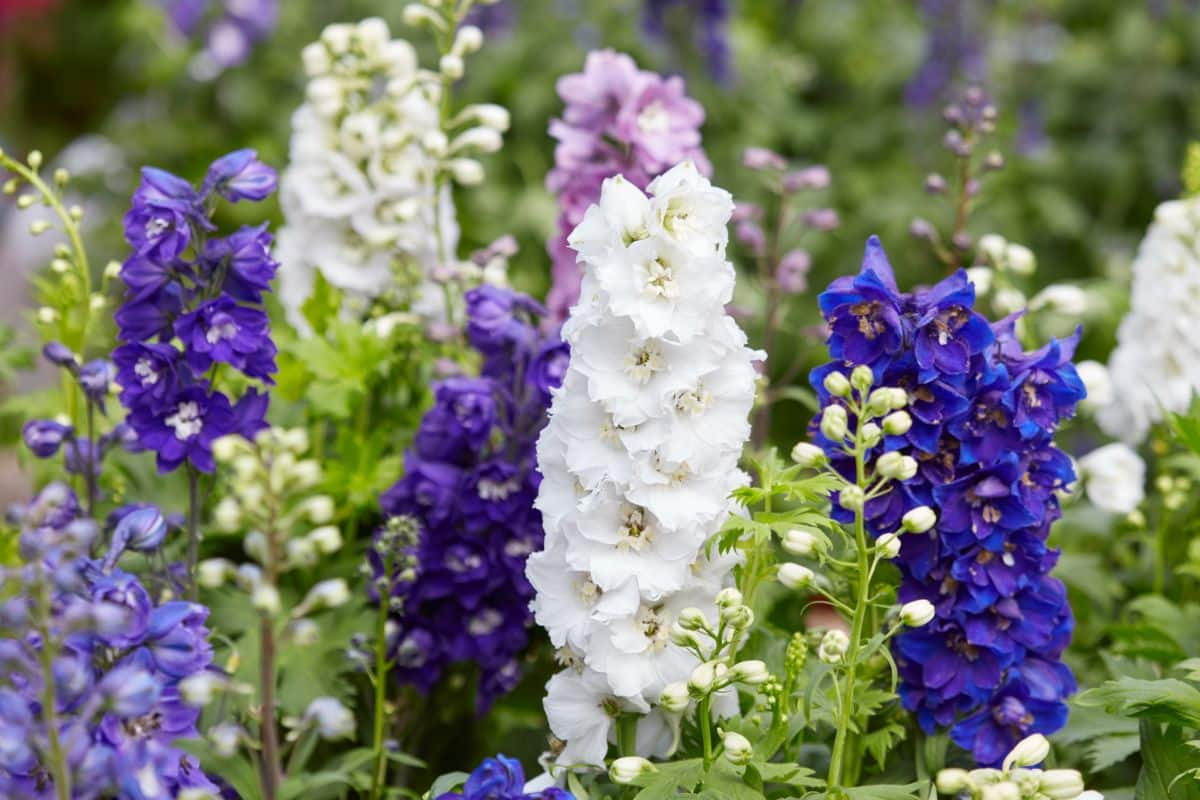
| Plant name: | Delphinium |
| Cold Stratification Period: | 1-2 week |
| Lighting: | Full sun |
| Water: | Moderate |
| Growing zone: | Zone 3-7 |
Also known as larkspur, the Delphinium genus has over 300 species of flowers, including annuals and perennials. Native to many regions throughout the northern hemisphere, this low maintenance plant is prized for its vibrant blooms that most commonly come in indigo, but can grow in purple, pink, white and occasionally yellow too.
While delphinium doesn’t always need cold stratification, cold stratifying seeds can improve germination rates significantly. That said, delphinium can be directly sown in the garden in warmer regions in mid- to late summer. Plant starts are also commonly available at plant nurseries if you don’t want to grow your plants from seed.
Gorgeous in cut and dried flower arrangements, delphinium are one of the best plants to try in hummingbird gardens.
7. Meadowsweet
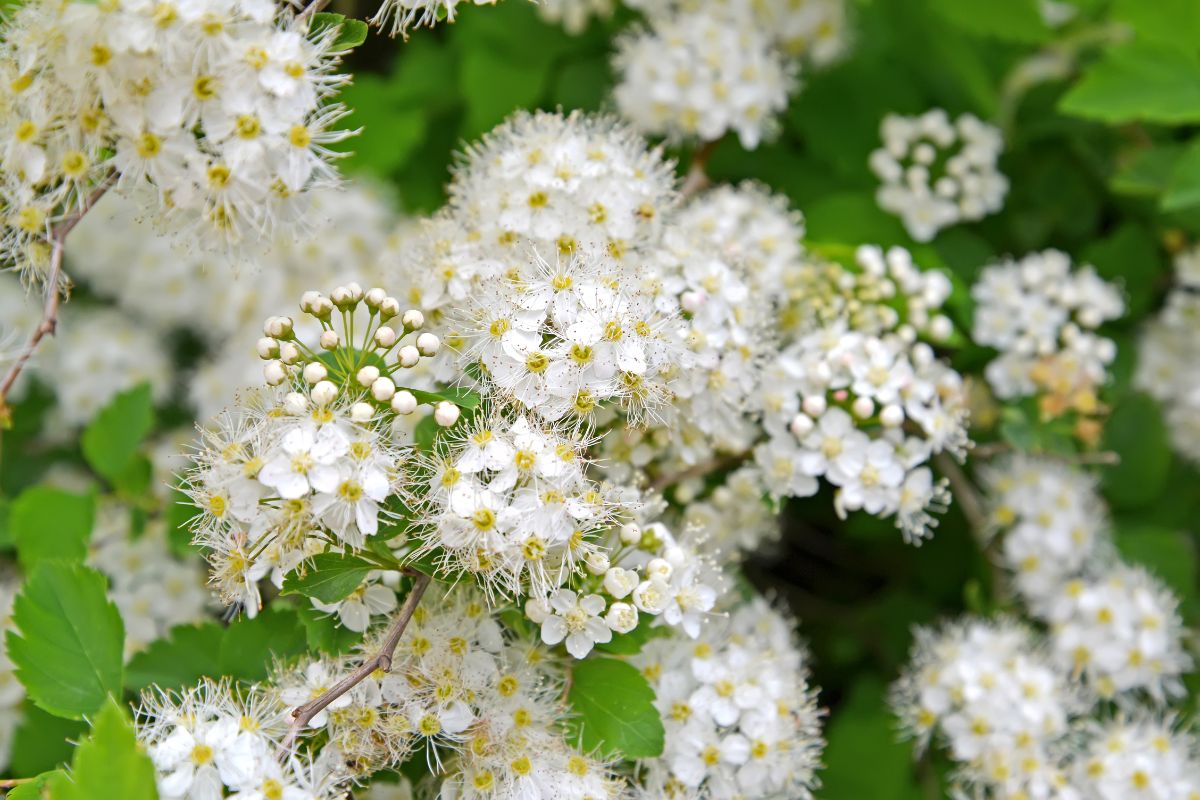
| Plant name: | Meadowsweet |
| Cold Stratification Period: | 12 weeks |
| Lighting: | Full sun to part shade |
| Water: | Moderate |
| Growing zone: | Zone 3-9 |
Meadowsweet is often difficult to locate in plant nurseries, so if you want to add it to your medicinal garden, it is often best to start it from seed.
Native to wetland areas of North America, meadowsweet is popular among native pollinators. And, if you’ve ever walked by a patch of wild meadowsweet, you’ll likely recognize it’s rich, sweet fragrance.
With foamy white flowers, meadowsweet doesn’t lose its charm as the season progresses. In autumn, meadowsweet will “wow” you with the colors of its changing foliage.
Plant in bright sunlight and keep soil well moistened, but not soggy, for optimal growth.
8. Hellebores
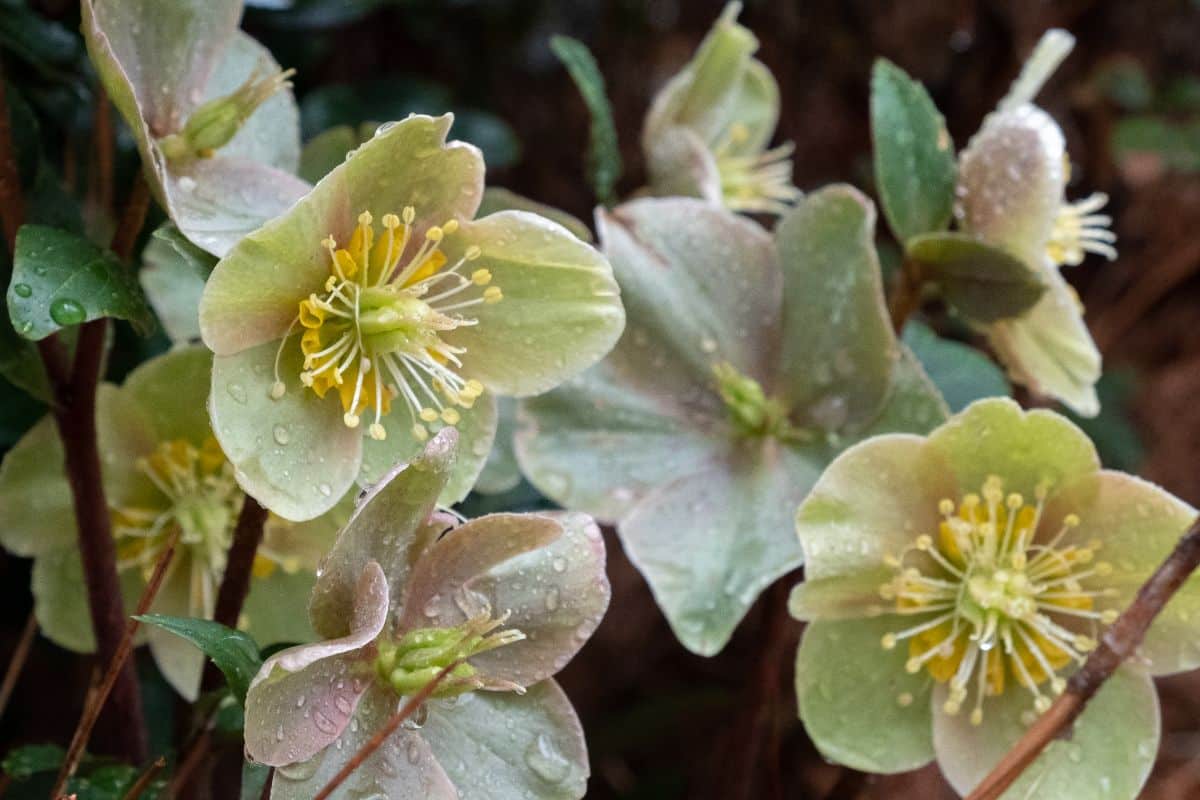
| Plant name: | Hellebores |
| Cold Stratification Period: | 4-10 weeks |
| Lighting: | Full to part shade |
| Water: | Low to moderate – can be relatively drought tolerant once established |
| Growing zone: | Depends on variety |
Also known as Lenten roses, hellebores generally bloom in early spring, around Eastertime. Flowers come in a range of colors including green, pink, burgundy, white, yellow and blue and blooms are large and quite striking.
A wonderful addition to shade gardens, hellebores do best in full to partial shade, as full sunlight can cause sunburn. An important flower for early emerging pollinators, try adding some hellebores to your garden to liven up your early spring beds.
While fresh hellebore seeds can be planted immediately, if seeds have been allowed to dry out, they will usually need a period of cold stratification to jumpstart germination. Hellebore plants are usually available at plant nurseries in early spring too.
9. St. John’s Wort
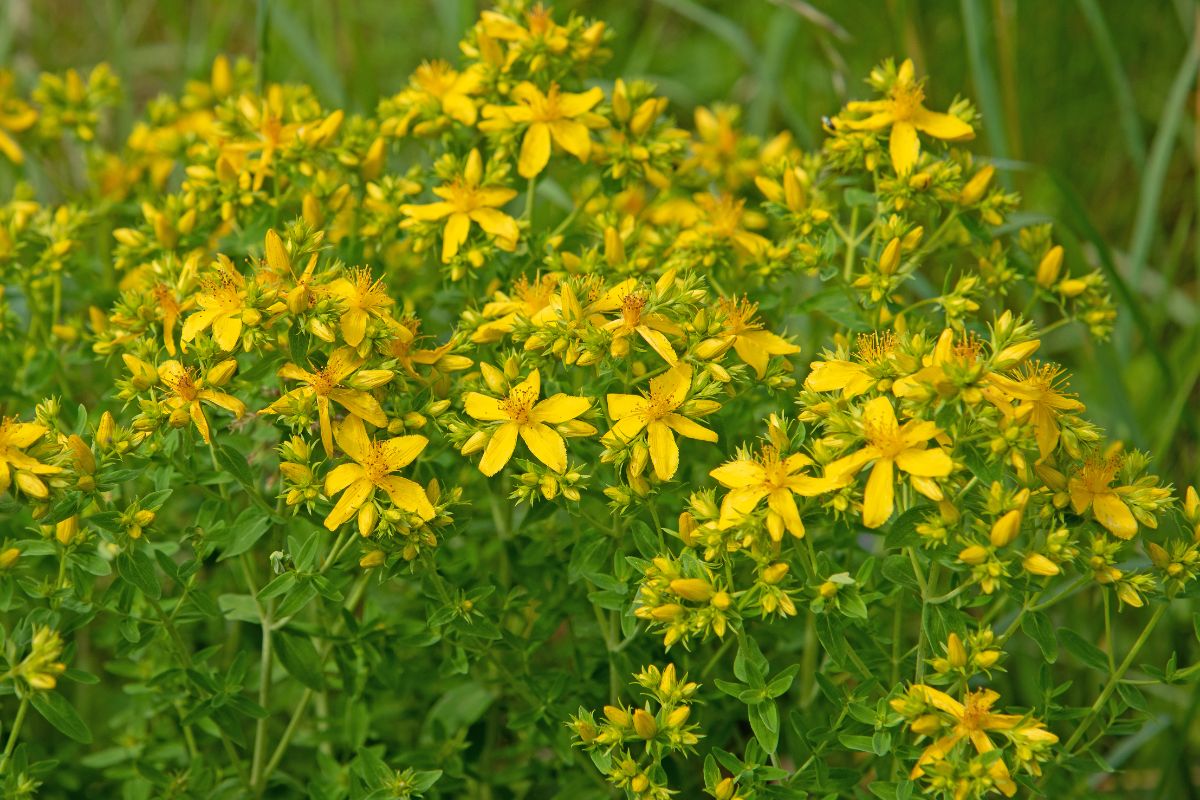
| Plant name: | St. John’s Wort |
| Cold Stratification Period: | 3-4 weeks |
| Lighting: | Part shade |
| Water: | Low – relatively drought tolerant once established |
| Growing zone: | Zone 5-9 |
If you see native wildflowers with clusters of cheery yellow blooms that appear around the summer solstice, you’ve probably found a patch of wild St. John’s wort plants. A frequent sight in fields and at the edges of tree lines, St. John’s wort is a common wildflower that does well in cultivated gardens too.
Bees, hummingbirds and other pollinator insects love this plant and you will too if you give it a chance. A super, easy-going flower, St. John’s work is adaptable to a range of conditions and can even be quite drought tolerant once established. Just avoid planting it in an area with too much bright sun as leaves may experience sun scorching.
10. Lavender
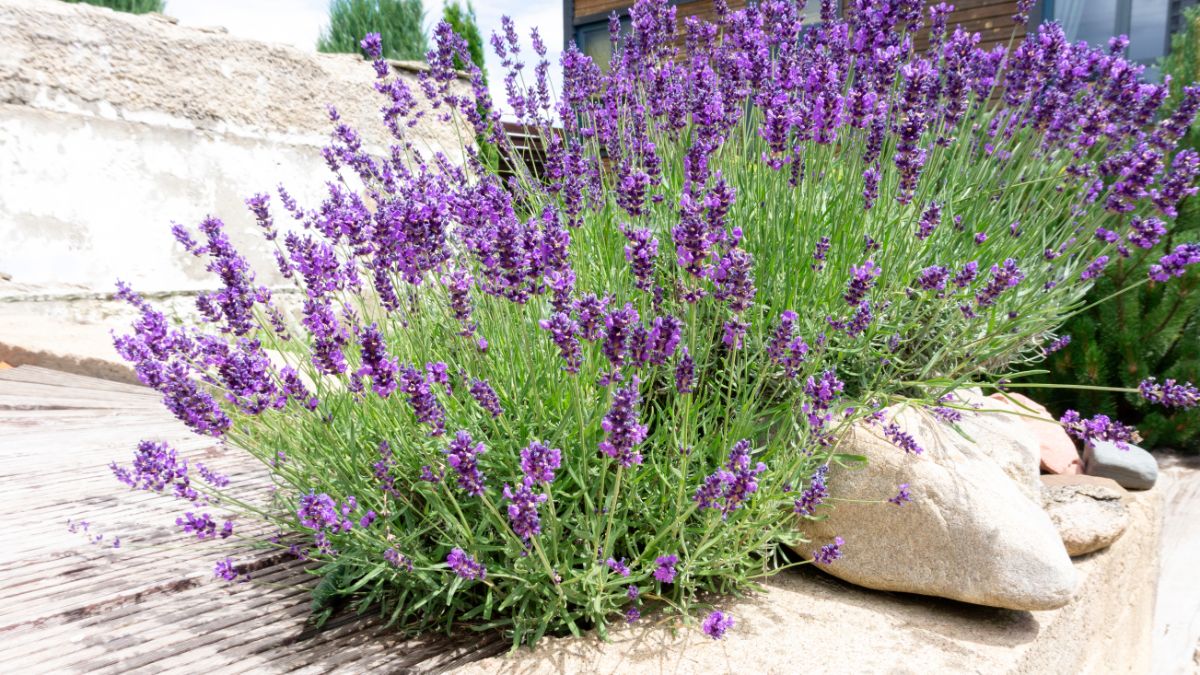
| Plant name: | Lavender |
| Cold Stratification Period: | 3-6 weeks |
| Lighting: | Full sun |
| Water: | Low |
| Growing zone: | Zone 5-9 |
If you love aromatic plants or growing your own culinary herbs, lavender is a wonderful choice for your garden. English lavender (Lavandula angustifolia) is the most commonly used lavender variety in cooking and can be brewed as a delicious herbal tea too.
Beyond its utility, lavender is a pollinator favorite and its downy, gray leaves and slender purple flowers make it a delight in the garden and in cut flower arrangements too. Just keep in mind that lavender naturally grows in the drier areas of the Mediterranean, so avoid overwatering your plants.
Many novice gardeners struggle with starting lavender from seed, but the secret to growing lavender successfully is cold stratification. Stratifying your lavender seeds before planting dramatically increases germination rates and will speed up grow time too.
11. Edelweiss
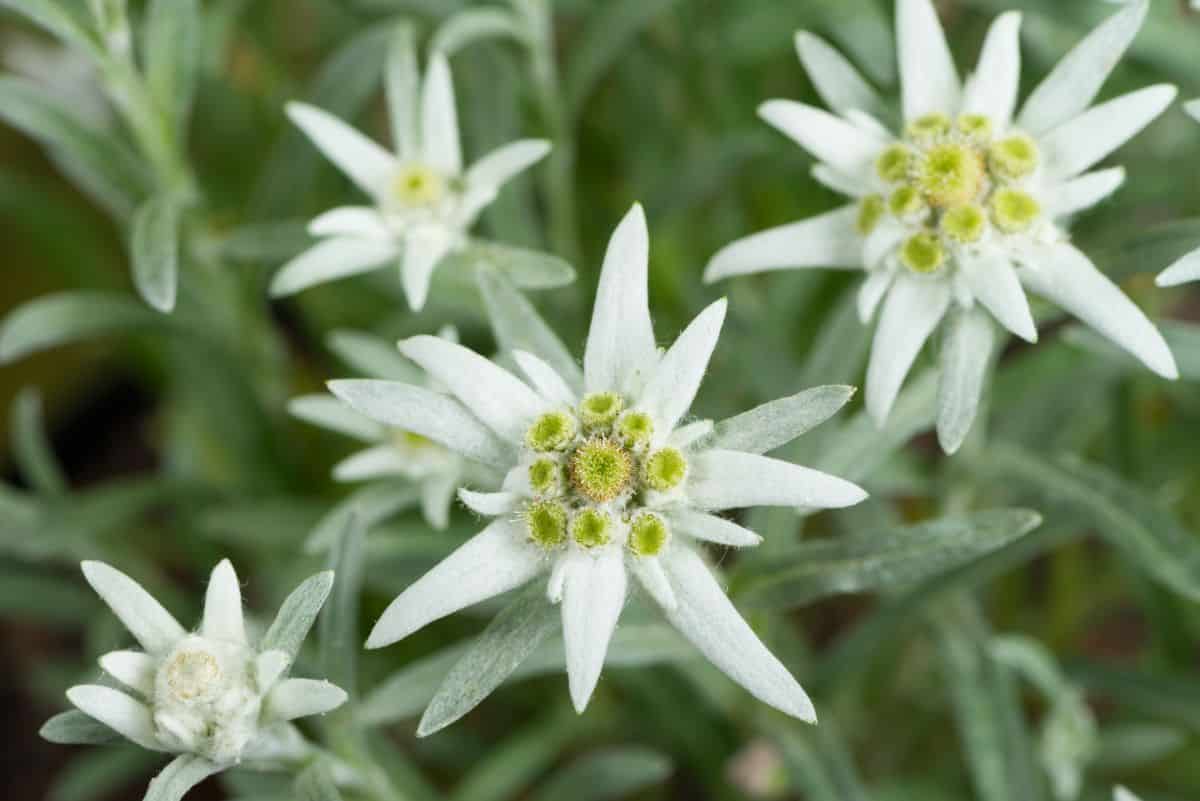
| Plant name: | Edelweiss |
| Cold Stratification Period: | 3 weeks |
| Lighting: | Full sun |
| Water: | Low to moderate – can be relatively drought tolerant once established |
| Growing zone: | Zone 4-7 |
A native of Switzerland and other regions of the Alps and Carpathian mountains, this alpine flower naturally grows at high altitudes, but can adapt to your garden too.
Sprays of small, pale flowers with spikey shapes appear in summer, from July to September. Petals (which are actually bracts) have a distinct fuzzy appearance and are nectar-rich, making them a great addition to pollinator gardens.
Domesticated plants grow up to 16” high, but wild varieties keep a shorter growing habit. An adaptable plant, edelweiss can even survive periods of drought-like conditions thanks to its deep tap root.
12. Catmint
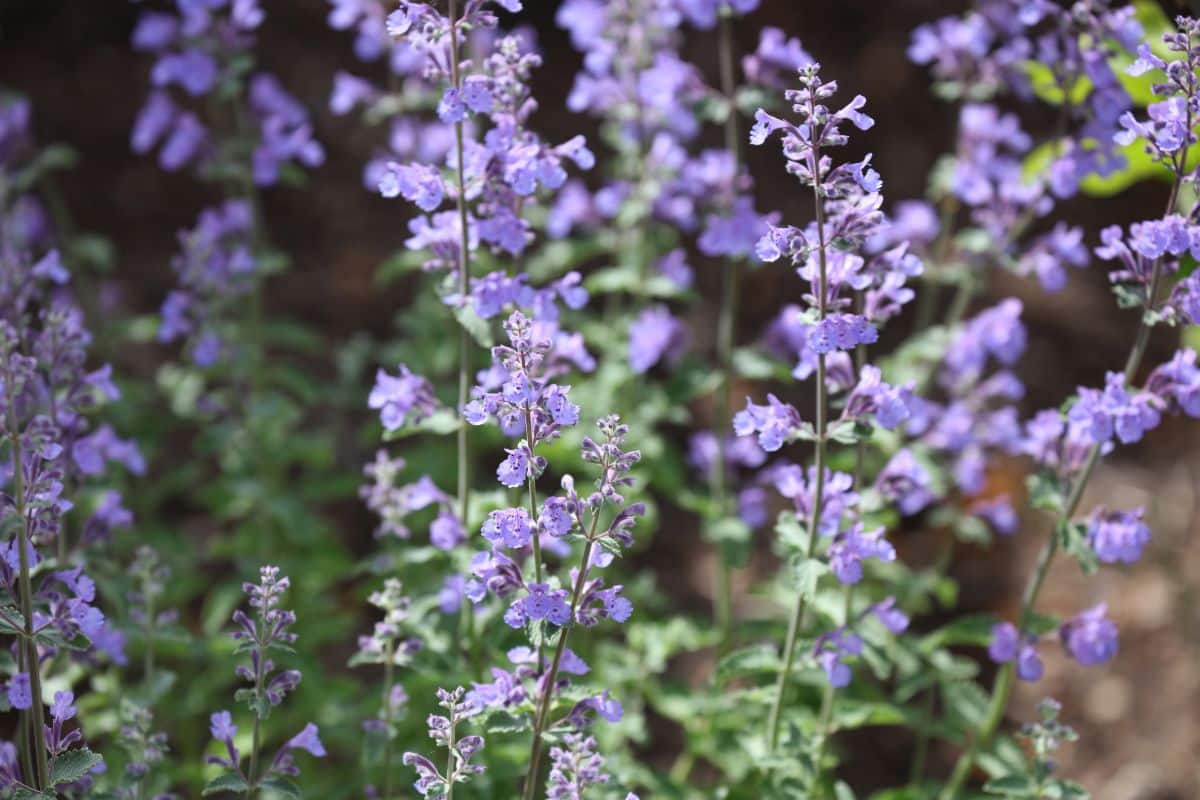
| Plant name: | Catmint |
| Cold Stratification Period: | 1-2 days |
| Lighting: | Full sun to part shade |
| Water: | Moderate |
| Growing zone: | Zone 3-9 |
Not to be confused with catnip, catmint is another flowering herb in the mint family, which does excite cats, just not to the same degree as catnip.
Prized for its sprays of pretty purple flowers and delicate, gray-green foliage, catmint emits a minty, sage-like odor if you brush against its leaves. Growing up to 3’ tall, this plant is a great food source for moths, butterflies and bees.
While it doesn’t necessarily need cold stratification to germinate, 1 to 2 days of cold stratification followed by soaking seeds for 12 to 24 hours will improve your growing success.
13. Evening Primrose
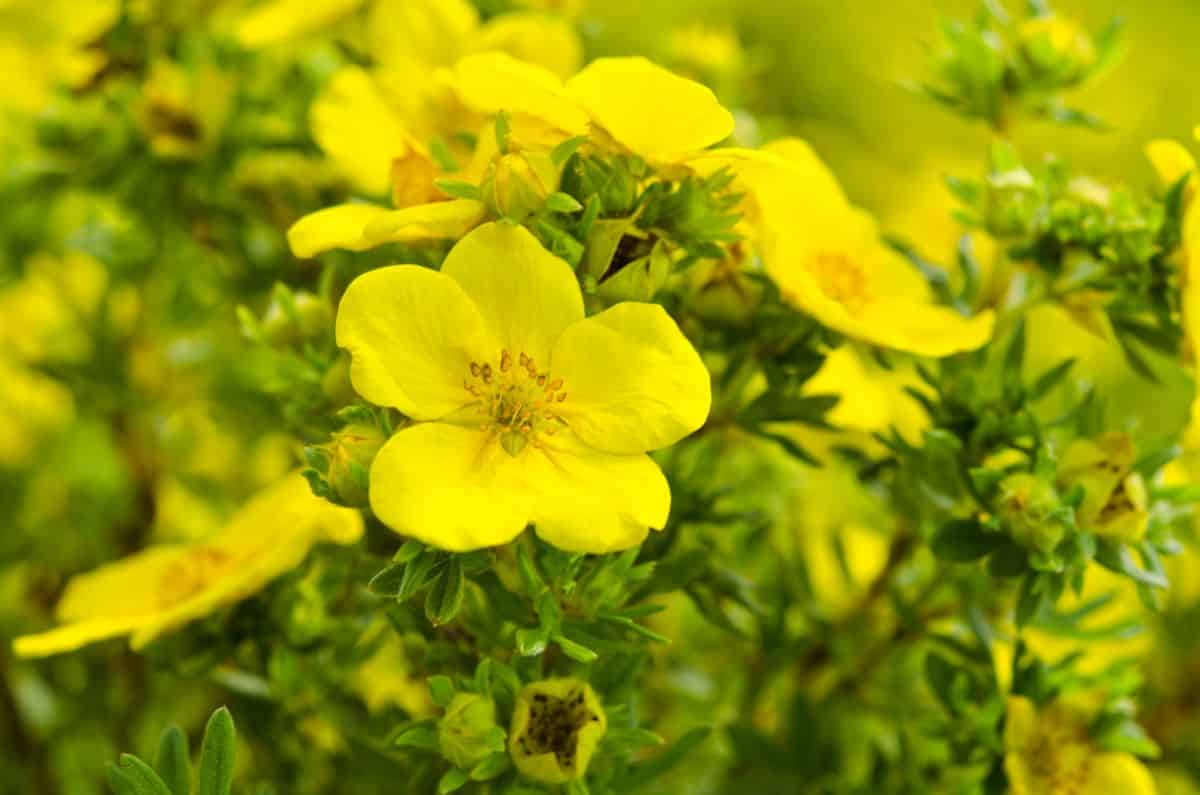
| Plant name: | Evening Primrose |
| Cold Stratification Period: | 8-12 weeks |
| Lighting: | Full sun |
| Water: | Moderate |
| Growing zone: | Zone 4-9 |
A gorgeous plant native to North America, evening primrose sports loads of bright yellow, night-blooming flowers. A great plant to try in night gardens and scent gardens, evening primrose has a lemony fragrance that entices nighttime pollinators, like moths and hawkmoths. Flowers unfurl nightly around sunset, quick enough that you can actually watch them opening!
While evening primrose doesn’t always need cold stratification to germinate, it can help. Under the right conditions, you can also direct sow this plant outdoors in fall for late spring for summertime blooms.
14. Penstemon
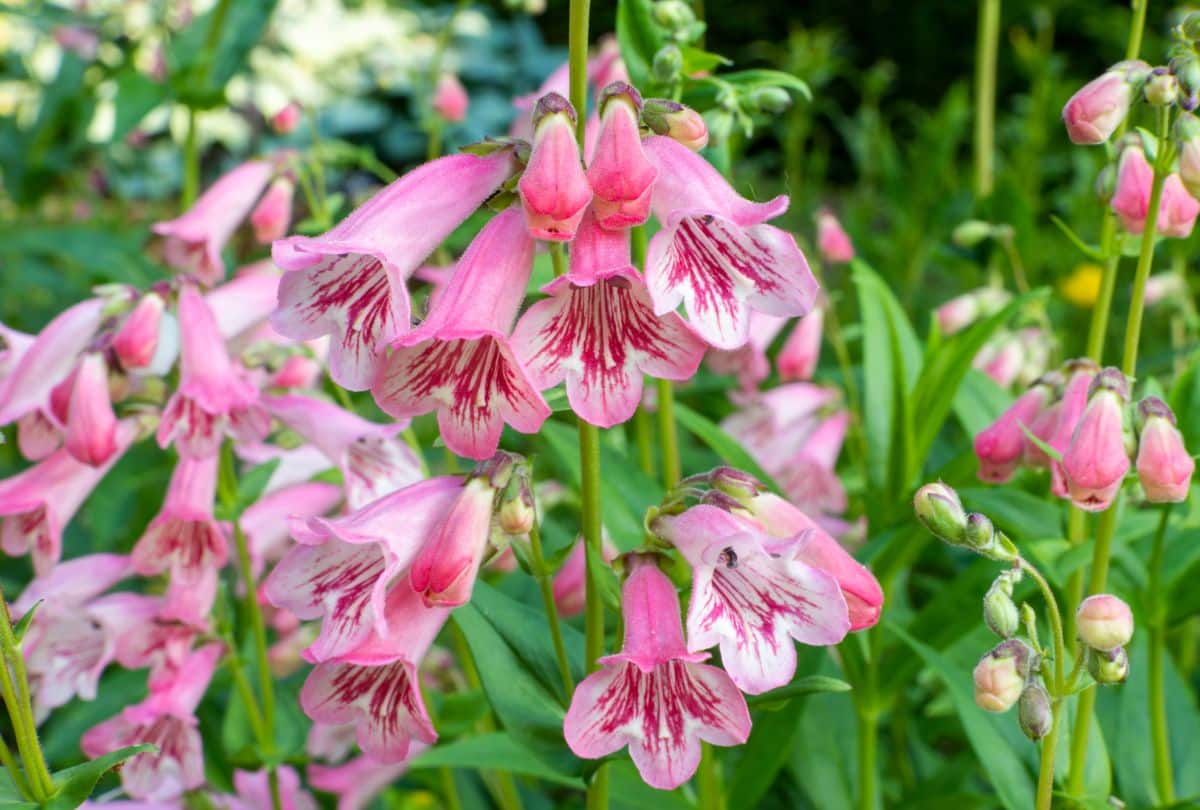
| Plant name: | Penstemon |
| Cold Stratification Period: | 8-12 weeks |
| Lighting: | Full sun |
| Water: | Low to moderate – can be relatively drought tolerant once established |
| Growing zone: | Zone 4-9 |
Also known as beardtongues, there are over 250 different varieties of penstemon, some dwarf and some tall, alpine types that grow over 5’ high.
A drought-tolerant flower once established, penstemon’s rich nectar and pollen are particularly important for pollinators in arid areas where many other flowering plants fail to thrive.
Flowers come in red, pink, blue, purple, white and bi-color and their tubular shape makes them especially appealing to hummingbirds. Just plant your penstemon in full sun and you’ll have gorgeous blooms from May to October.
15. Chinese Lantern
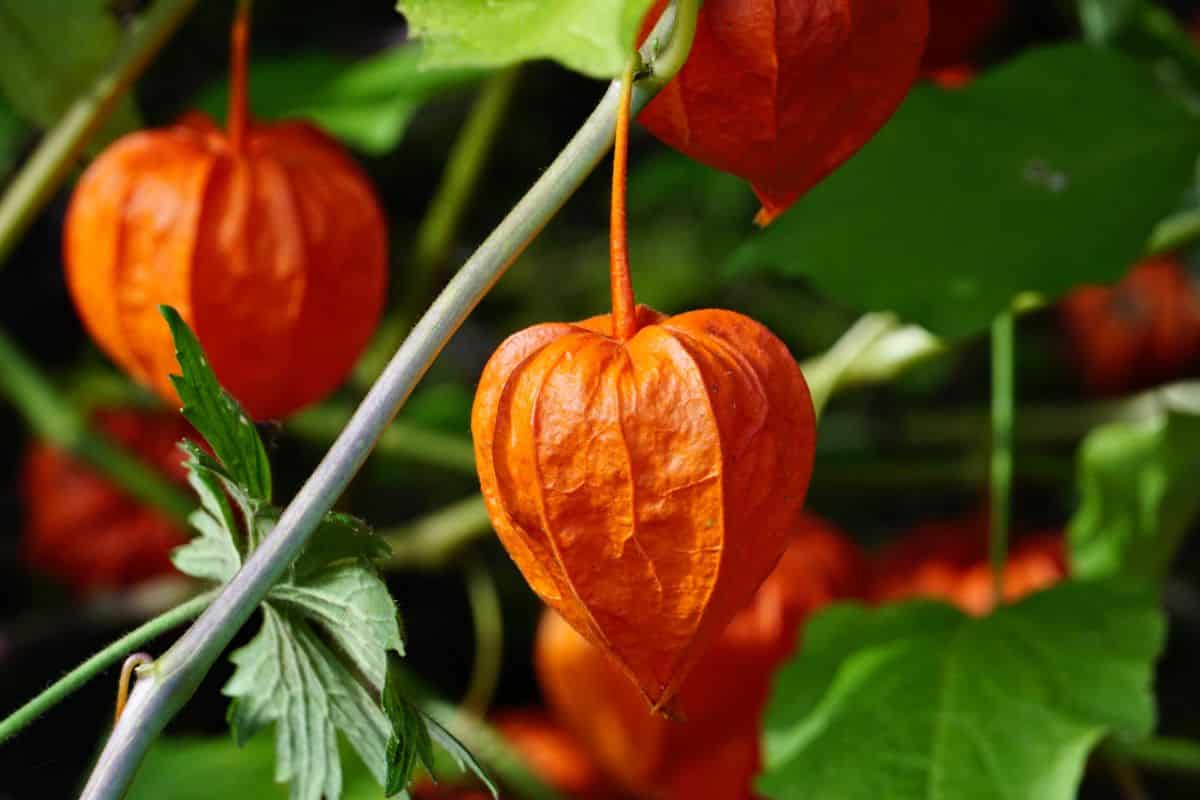
| Plant name: | Chinese Lantern |
| Cold Stratification Period: | 4 weeks |
| Lighting: | Full sun |
| Water: | Moderate |
| Growing zone: | Zone 3-9 |
Chinese lanterns have a very distinct look to them and are common sights in autumn gardens and fall bouquets.
Members of the nightshade family, Chinese lanterns are related to tomatoes and eggplants; however, their characteristics orange “lanterns” aren’t actually their flowers, but rather papery coverings intended to protect their fruit and seeds. White flowers appear earlier in the season and are usually quite diminutive in size.
Chinese lanterns do best with cold stratification. After true leaves form, seedlings can be transplanted outdoors in spring after all danger of frost has passed.
If you want to grow this plant, just keep in mind that all parts of it are quite toxic, so keep it out of reach of curious pets and small children.
16. Rudbeckia
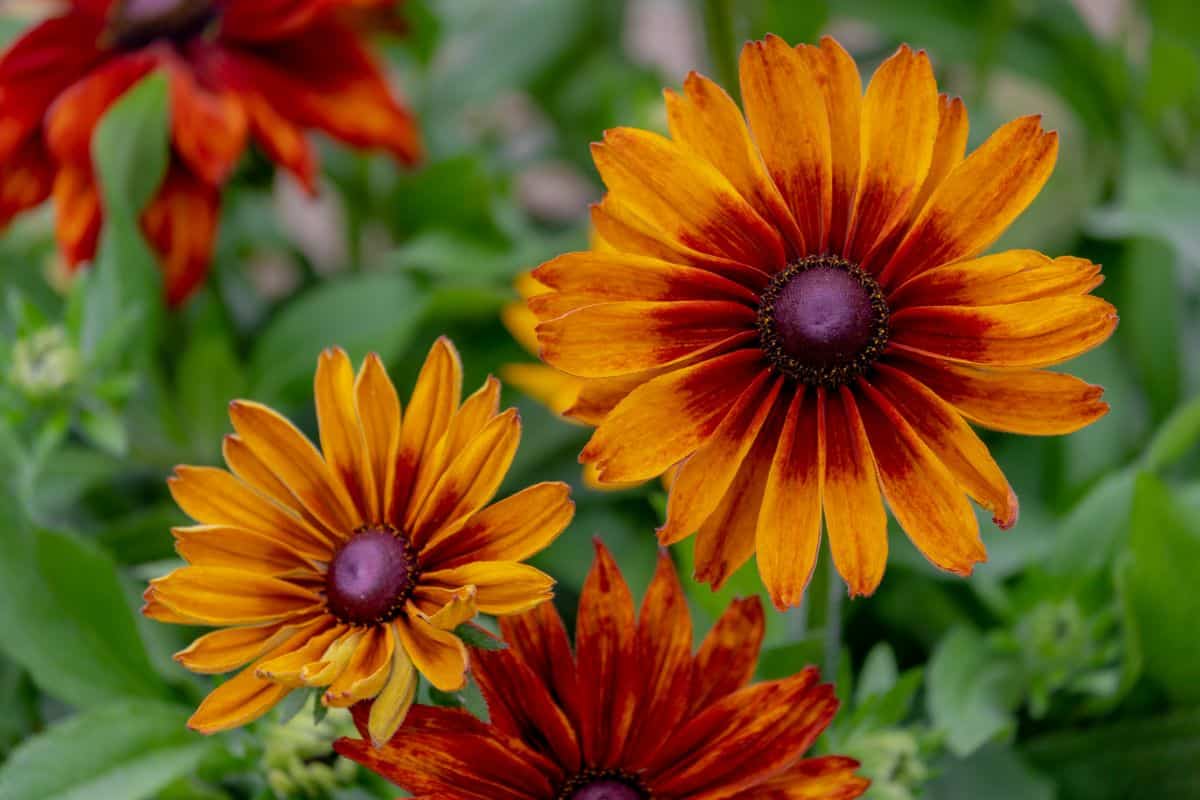
| Plant name: | Rudbeckia |
| Cold Stratification Period: | 4-5 weeks |
| Lighting: | Full sun |
| Water: | Moderate |
| Growing zone: | Zone 4-9 |
Rudbeckia, with their golden-yellow to mahogany petals, look like autumn. That’s why they are such a staple plant in fall gardens and cut flower arrangements. Black-eyed Susan, a variety of rudbeckia, is a particularly popular flower, thanks to its yellow petals which contrast nicely against its chocolatey center.
Rudbeckia seeds can be directly sown in your garden in autumn, or they can be started inside with cold stratification and transplanted out later. Blooms will appear in mid-summer to late fall and readily self-seed themselves. If you don’t want your rudbeckia to spread, be sure to deadhead spent blooms.
Prone to mildew, this flower does best with bottom watering or drip irrigation and leaves should be kept as dry as possible. Although adaptable to partial shade, rudbeckia will produce more flowers in full sun.
17. Bloodroot
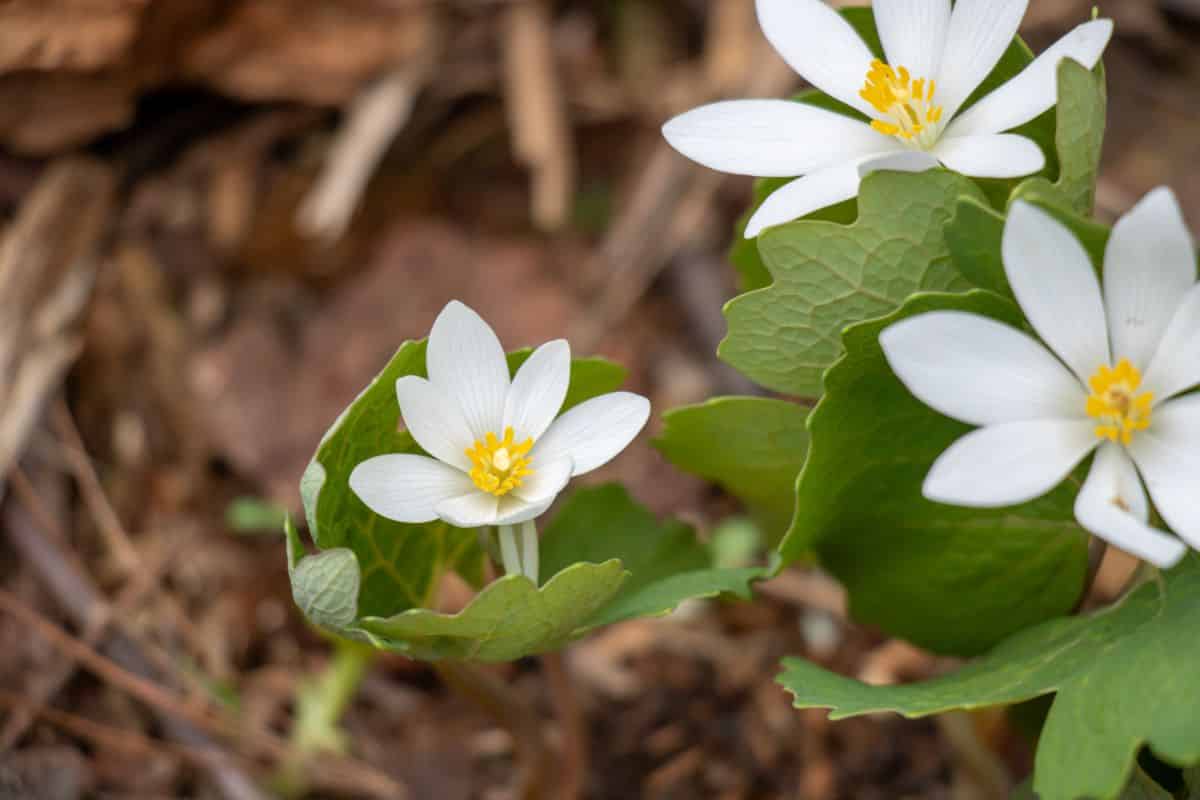
| Plant name: | Bloodroot |
| Cold Stratification Period: | 12 weeks |
| Lighting: | Full to part shade |
| Water: | Moderate |
| Growing zone: | Zone 3-8 |
One of the earliest plants to flower in spring, bloodroot is an unusual, but delightful, choice for shade gardens. Once used by Native Americans as a source for red dye, bloodroot provides a much needed source of nectar and pollen for early emerging pollinators.
While seeds can be planted fresh, if they are allowed to dry out, they will need to be cold stratified to break their dormancy. After planting, keep your bloodroot plants well-watered to prevent them from entering into dormancy prematurely.
With a low growth habit and petite white flowers, this charming plant is sure to add a unique twist to your garden and is a must-have for native plant lovers.
For safety, when handling this plant, always wear gloves as sap can cause skin irritation.
18. Lupine
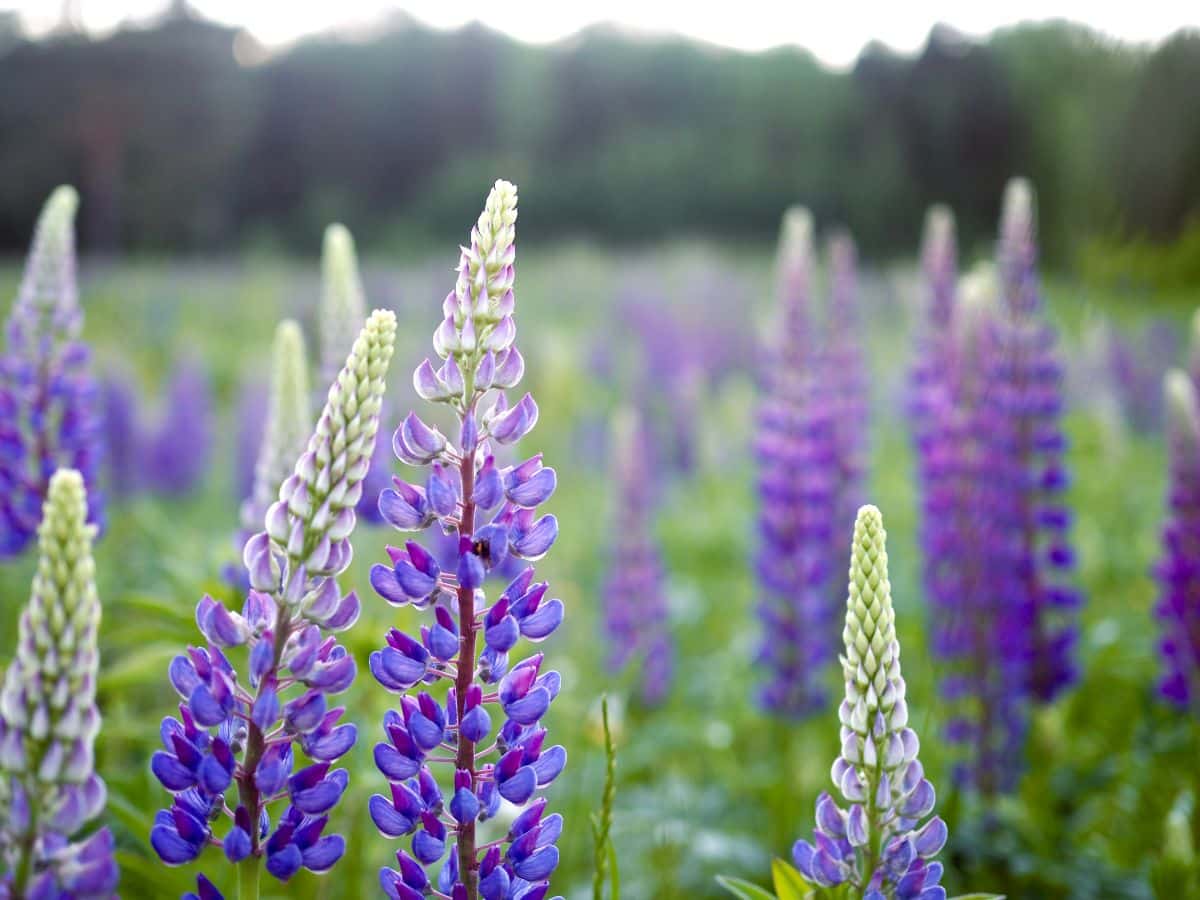
| Plant name: | Lupine |
| Cold Stratification Period: | 6 weeks |
| Lighting: | Full sun |
| Water: | Low to moderate – can be relatively drought tolerant once established |
| Growing zone: | Zone 3-9 |
Spring blooming lupines are a sight for sore eyes after a long, cold winter. These radiant flowers come in blue, purple, pink and white and their fan-shaped leaves add interesting texture and shapes to any garden design.
A low maintenance plant, lupines prefer full sunlight and can adapt to a range of soils, even sandy types. As a legume, lupines have nitrogen-fixing abilities and can enrich garden soil over time.
Lupines are often sold in nurseries as plant starts, but they are easy to grow from seed too, especially if you cold stratify them first.
19. Prairie Coneflower
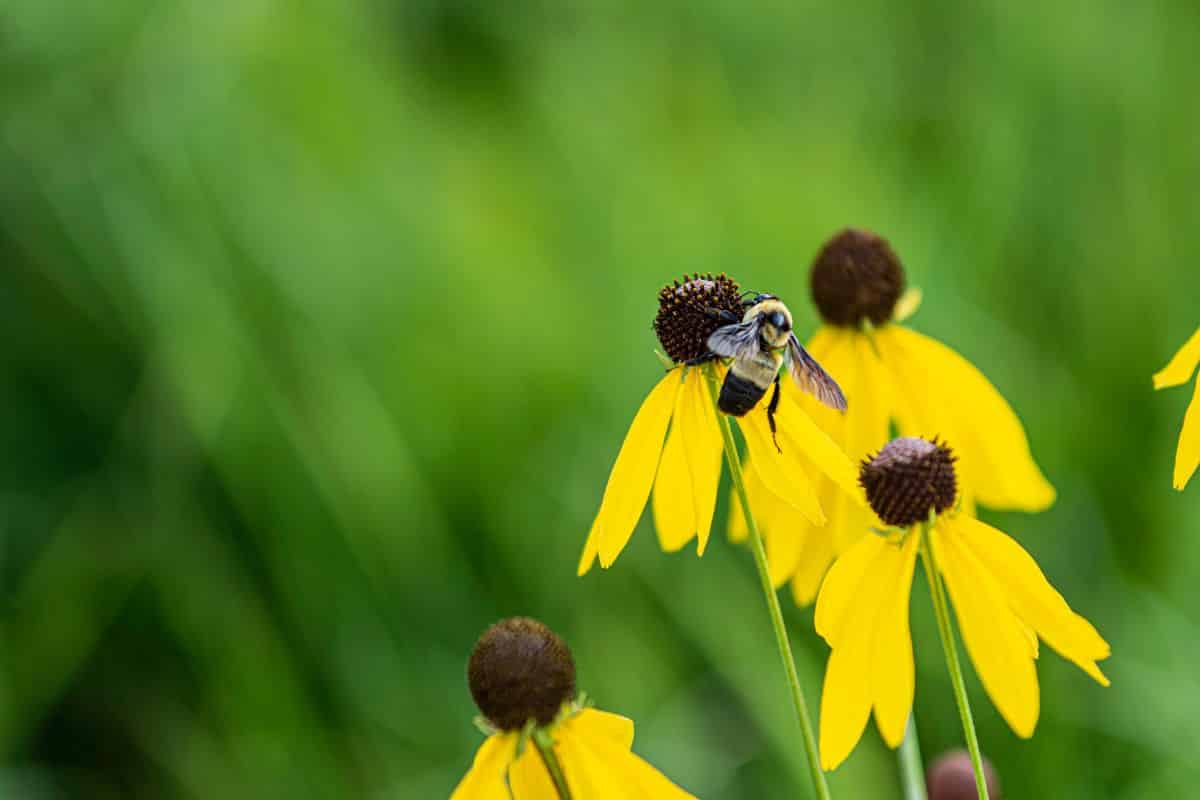
| Plant name: | Prairie Coneflower |
| Cold Stratification Period: | 4-5 weeks |
| Lighting: | Full sun |
| Water: | Moderate |
| Growing zone: | Zone 4-8 |
If you love purple coneflowers, prairie coneflowers offer a fun twist on an old favorite. Growing up to 5’ tall, these slender plants have golden-yellow petals around a highly contrasting center. When the center is bruised, it emits an anise-like scent which is quite pleasant.
Naturally deer resistant, prairie coneflower is a wonderful choice for cut flower gardens, pollinator beds and as a border plant for in-ground gardens. Super easy to care for, just provide this plant with full sun to part shade and it should bloom from summer until the frosts of early fall.
20. Marsh Marigolds
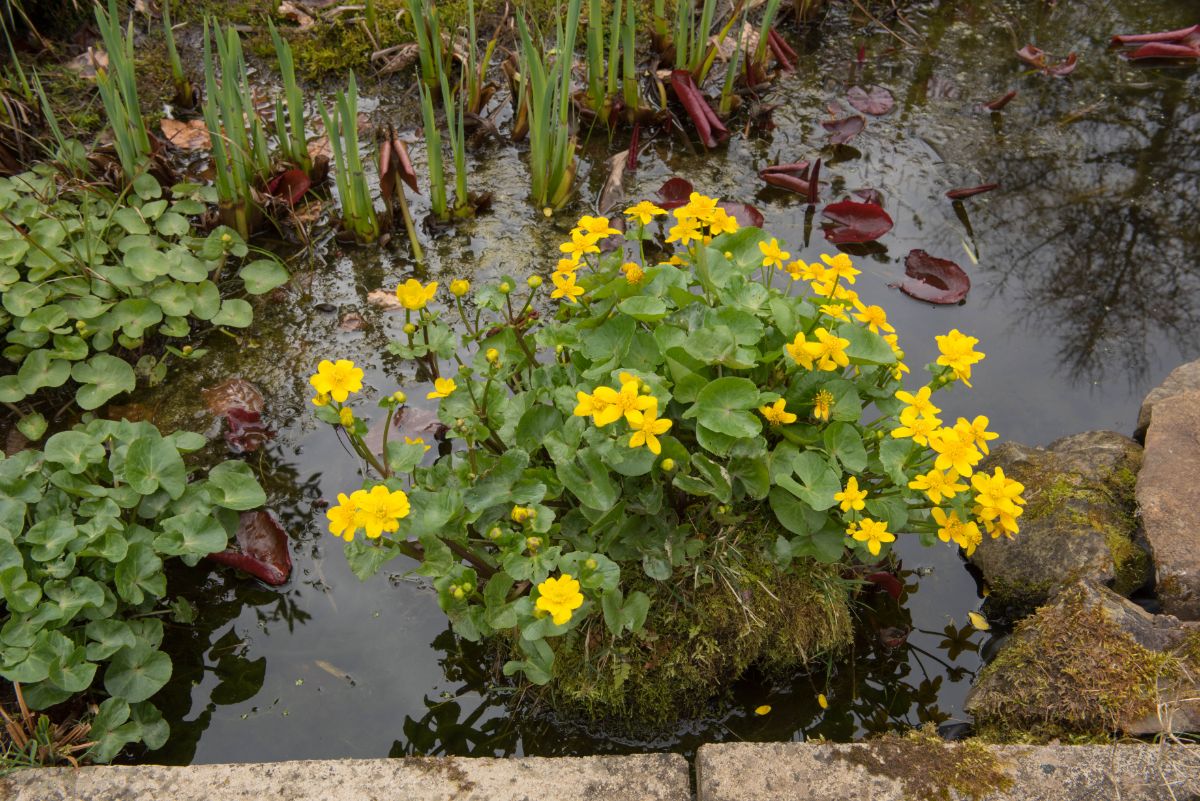
| Plant name: | Marsh Marigold |
| Cold Stratification Period: | 8-12 weeks |
| Lighting: | Full sun to part shade |
| Water: | High; can adapt to water gardens too |
| Growing zone: | Zone 3-7 |
Marsh marigolds are a great choice if you’re interested in creating a water garden or planting blooms near an established pond. If you don’t have a water feature, that’s fine too, just be sure to provide these moisture-lovers with lots of water.
Blooming from mid-April to June, marsh marigolds have shiny, bright yellow flowers that are sure to draw the eye. They also attract syrphid flies, which are beneficial insects that can help organically control destructive pests in your garden.
If you have deer in your area, marsh marigolds are good flowers to plant as they are naturally deer resistant too. Just avoid planting them near any plants in the legume family as they can inhibit their growth.
21. Wild Geranium
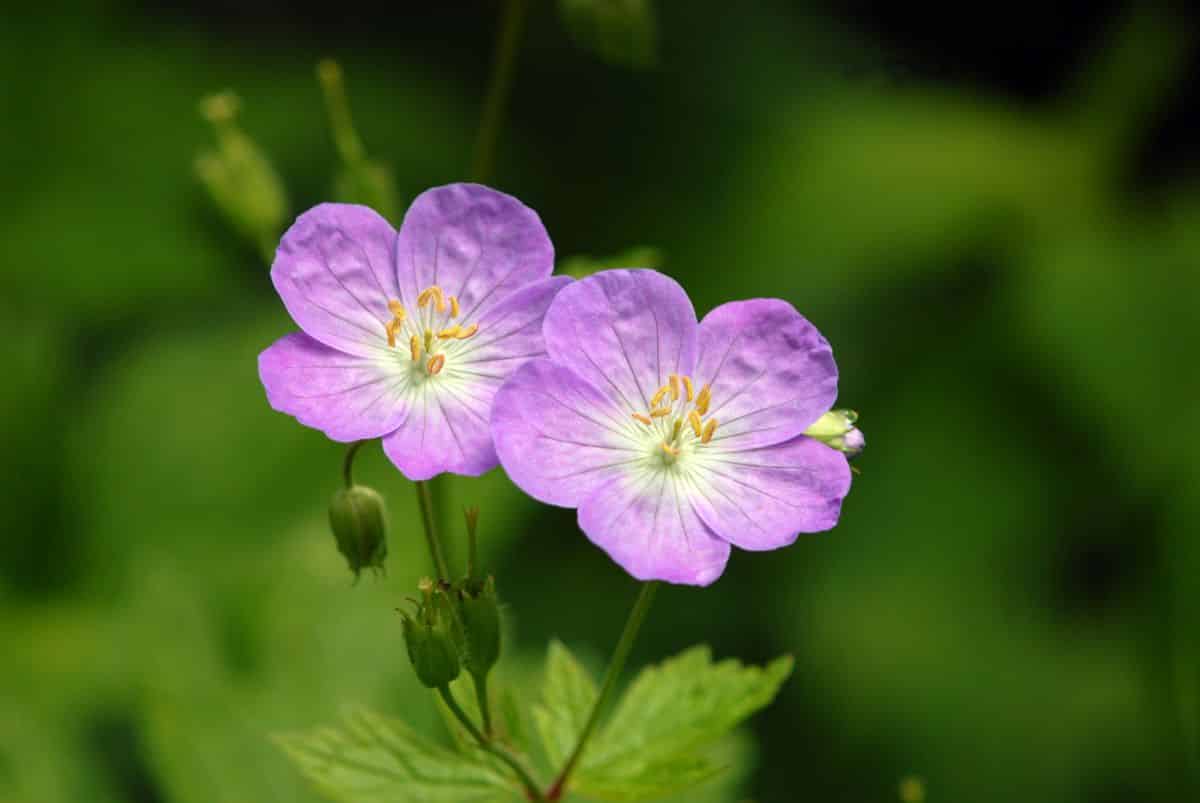
| Plant name: | Wild Geranium |
| Cold Stratification Period: | 8-12 weeks |
| Lighting: | Full sun to part shade |
| Water: | High |
| Growing zone: | Zone 3-8 |
Native to eastern North America, wild geraniums are popular with native bees and other pollinators and are wonderful plants to choose to attract beneficial insects, like syrphid flies, for natural pest control.
In the wild, you’ll likely find these plants in woodland areas or along shady roadways, but they do well in gardens too. You’re sure to fall in love with their delicate pinkish-purple petals and highly textured leaves.
Wild geranium does love a fair amount of moisture though, so be sure to provide it with lots of water and adequate sunlight to prevent premature leaf drop. Plants spread via rhizomes and will produce flowers in late spring to early summer.
22. Anise Hyssop
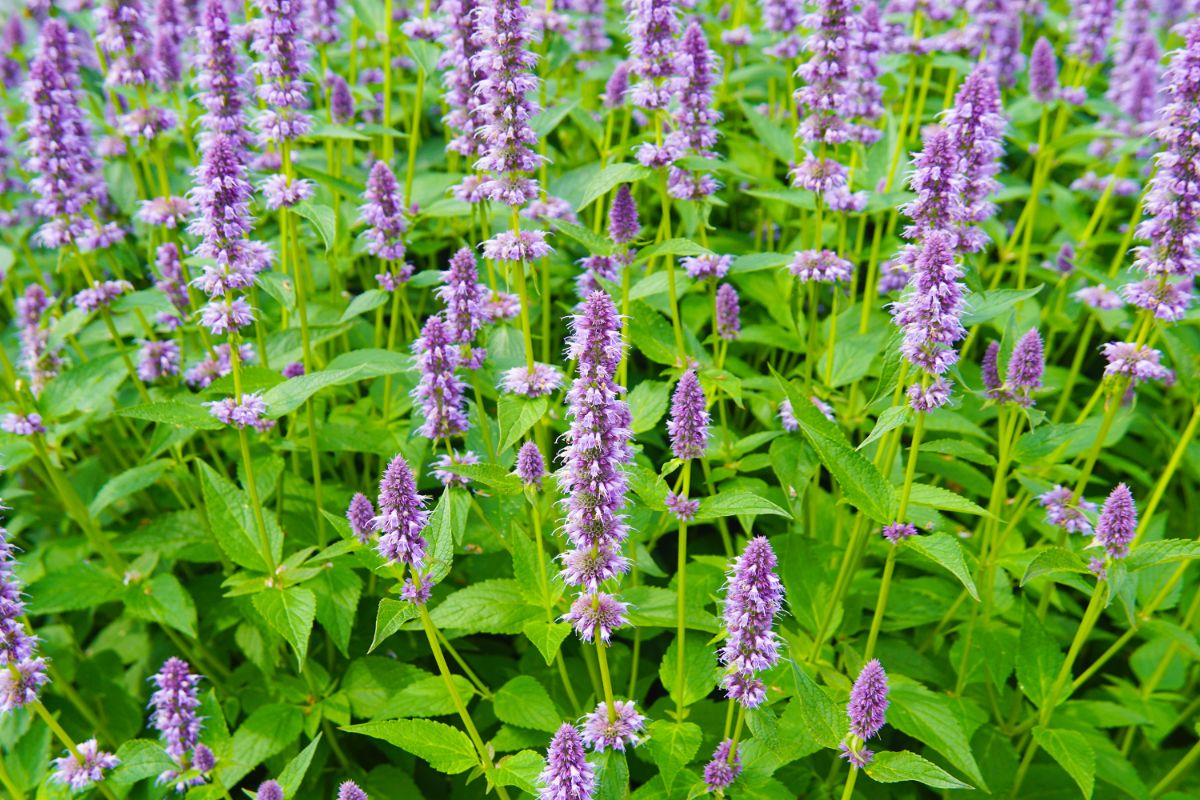
| Plant name: | Anise Hyssop |
| Cold Stratification Period: | 4-5 weeks |
| Lighting: | Full sun |
| Water: | Low to moderate – can be relatively drought tolerant once established |
| Growing zone: | Zone 4-8 |
A member of the mint family, once established anise hyssop can readily spread by rhizomes or self-sowing; however, if you’re new to growing this plant, cold stratification helps a lot with germination rates.
Anise hyssop offers spires of pretty purple flowers that are long lasting and bloom from mid-summer to fall. The plant itself emits a licorice-like odor and flowers and leaves are edible, tasting a bit like licorice or anise themselves. For a fun twist on basic pasta recipes, salads and soups, add some chopped anise hyssop to your dishes for a floral note and a bit of sweetness.
If you like the taste of anise hyssop, you’re not alone. Abundant in nectar, blooms are certain to lure butterflies and hummingbirds to your garden too.
23. Ironweed
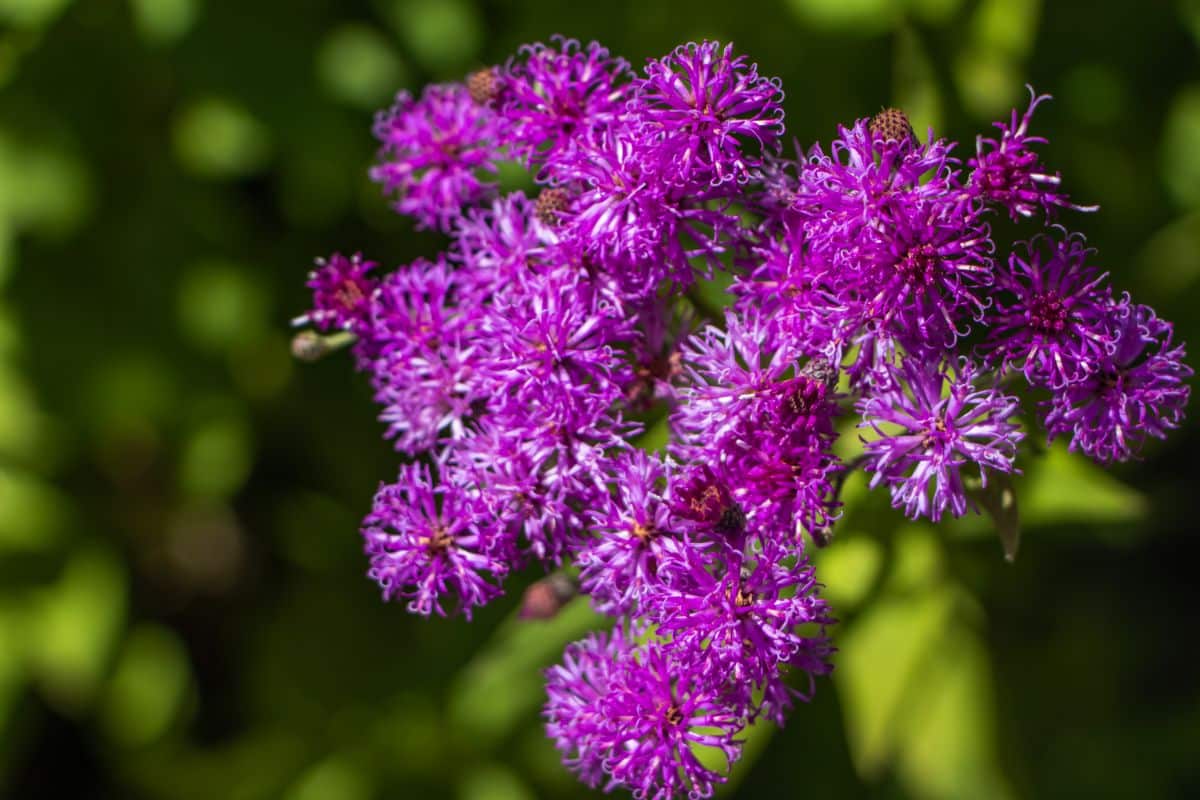
| Plant name: | Ironweed |
| Cold Stratification Period: | 12 weeks |
| Lighting: | Full sun |
| Water: | Moderate to high |
| Growing zone: | Zone 5-9 |
Bright pink, fluffy flowers make this native perennial a standout in your garden. A treat for pollinators, especially native bees, ironweed blooms in late summer to early fall, when other flowers are dying back. That makes this flower a great choice for pollinator gardens as it provides a ready source of food to prepare pollinators for winter hibernation.
Named for its tough stem, ironweed loves lots of water and can tolerate soggier soils than most plants so, if you have a yard with poor drainage, this plant might be a great choice for you.
24. Bee Balm
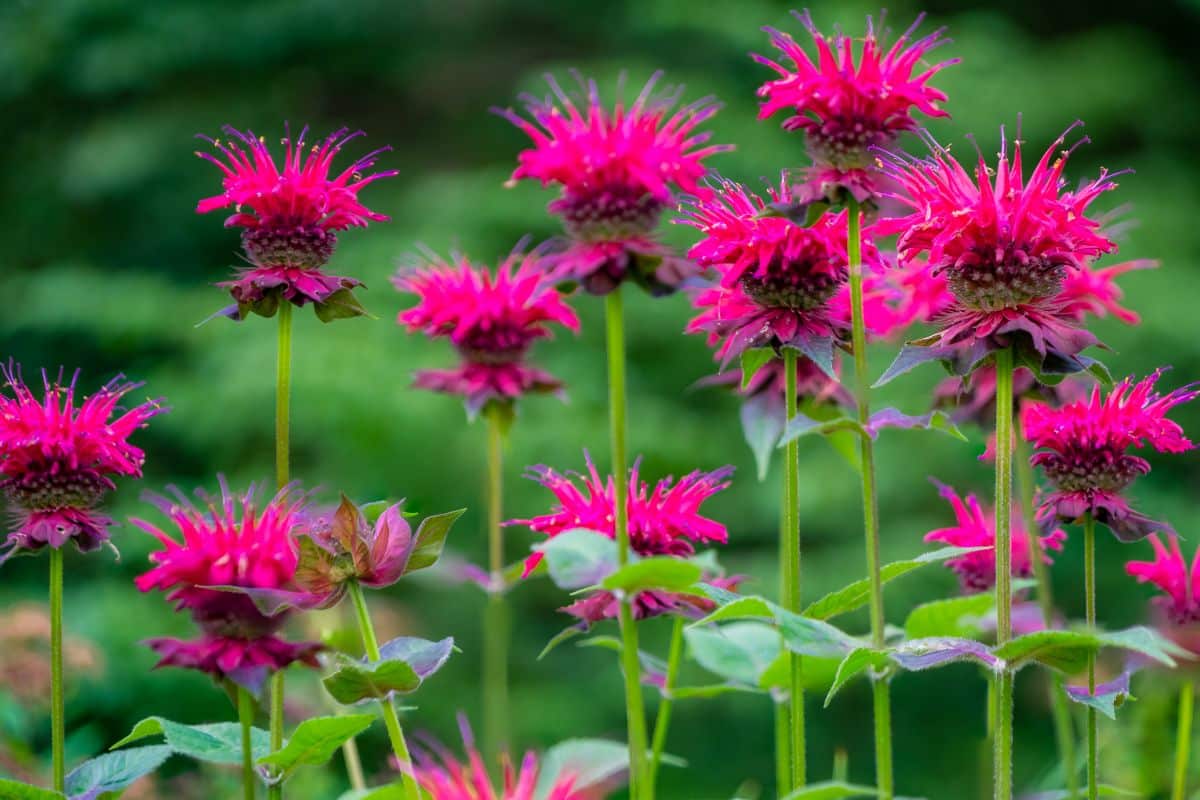
| Plant name: | Bee Balm |
| Cold Stratification Period: | 12 weeks |
| Lighting: | Full sun |
| Water: | Moderate |
| Growing zone: | Zone 3-9 |
You can’t go wrong with bee balm. It’s a vigorous grower and resilient plant, offers big, bold color to your garden and is a great source of nectar and pollen for pollinators too.
Blooms usually appear in July and continue through late summer. Deadheading spent blooms can prolong bloom time and encourage plants to flower more too.
While there are many different types of bee balm, scarlet bee balm (Monarda didyma) and wild bergamot (Monarda fistulosa) are two of the most popular types. Both have bursts of colorful flowers, and leaves and flowers are edible, having a minty flavor that is somewhat reminiscent of oregano.
Once established, bee balm has a tendency to spread by rhizomes and self-seeding, so if you don’t want your bee balm patch to grow, consider planting your seedlings in raised beds or container gardens.
25. Blue Flax
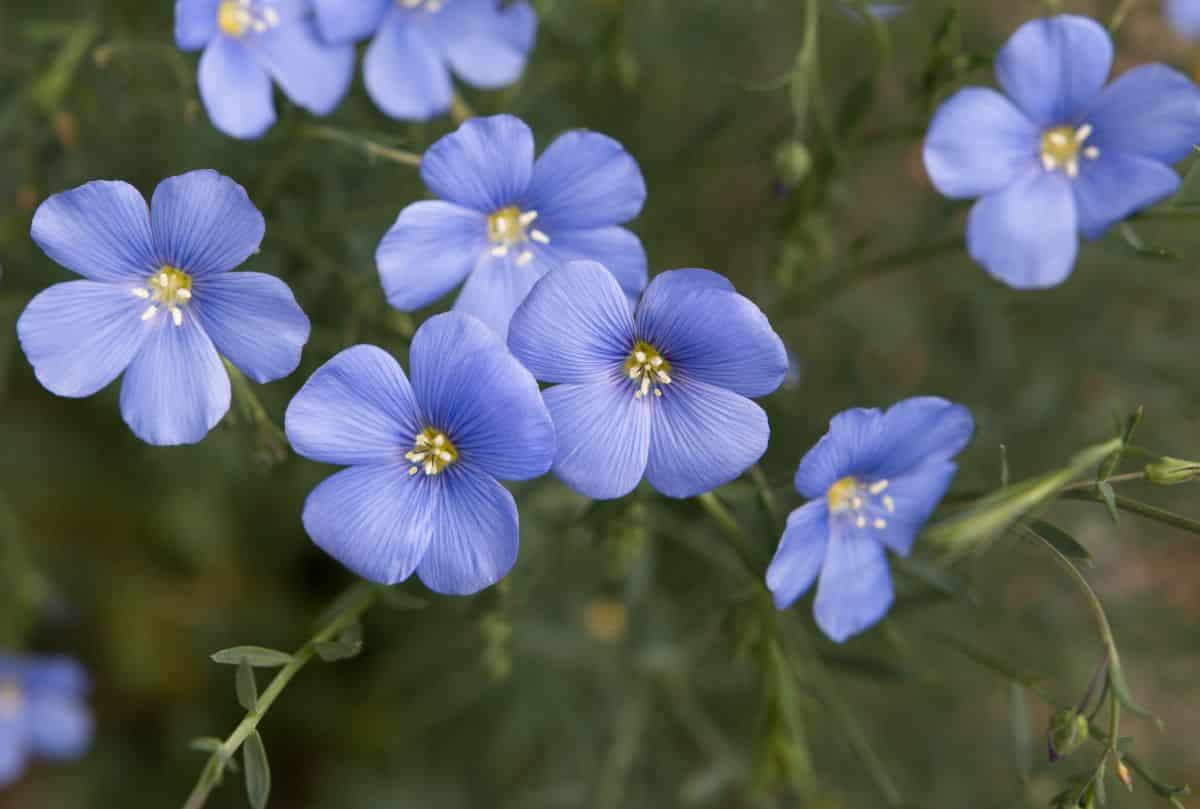
| Plant name: | Blue Flax |
| Cold Stratification Period: | 5 weeks |
| Lighting: | Full sun |
| Water: | Moderate |
| Growing zone: | Zone 3-9 |
In certain areas of America, blue flax is so ubiquitous that it lends a bluish cast to prairie landscapes. In backyard settings, this plant may grow less abundantly, but its delicate blue petals and willowy stems are still a satisfying sight.
Once used by Native American to produce a strong cordage, flax is still farmed today to produce linen and linseed oil.
To grow this plant successfully, be sure to provide it with consistent moisture, especially during the heat of summer. Mature plants will grow about 2’ tall and will flower from late spring to early summer.
26. Yarrow
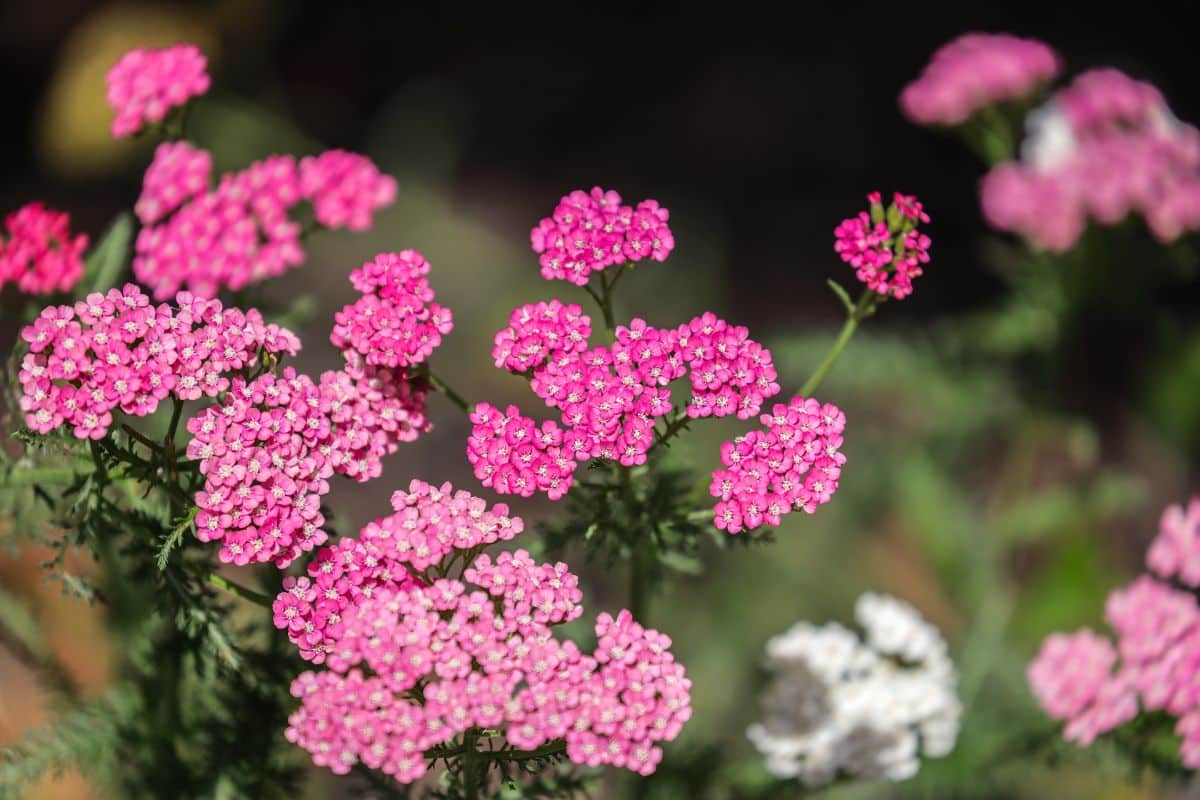
| Plant name: | Yarrow |
| Cold Stratification Period: | 4 weeks |
| Lighting: | Full sun |
| Water: | Low – relatively drought tolerant once established |
| Growing zone: | Zone 3-7 |
Yarrow is a great plant to add to pollinator gardens, but it works well in container planting and cut flower beds too. Once harvested, yarrow also dries well for preserved displays.
Yarrow’s broad, flat flower heads serve as easy landing pads for butterflies and other larger pollinators while they feed. Flowers come in yellow, pink and white and, when combined with the plant’s feathery foliage, yarrow can’t help but be a real garden stunner.
Super hardy and resilient, yarrow is drought-tolerant once established and will come back year after year with little trouble.
27. Tansy
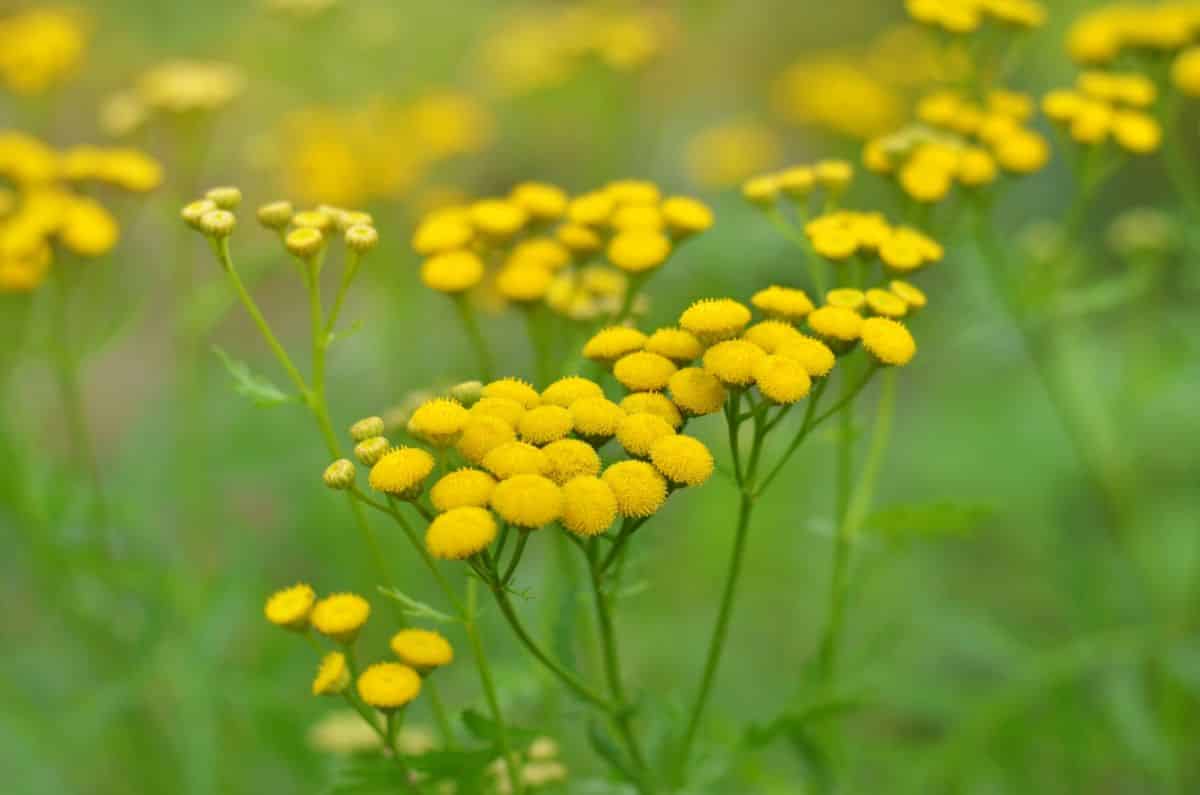
| Plant name: | Tansy |
| Cold Stratification Period: | 4 weeks |
| Lighting: | Full sun to part shade |
| Water: | Low – relatively drought tolerant once established |
| Growing zone: | Zone 3-8 |
Tansy boasts tight, button-shaped yellow blooms and frilly foliage that lends interesting form and structure to planting arrangements. This is also a great plant for cut flower and dried arrangements too.
Excellent for pollinators and undemanding to grow, tansy blooms in summer to early autumn. Plants can grow up to 4’ tall, so consider adding some tall tansy to the back of garden beds. Their bright color and delicate leaves are certain to bring delight to any garden visitor.
28. Hen-and-Chicks (aka houseleeks)
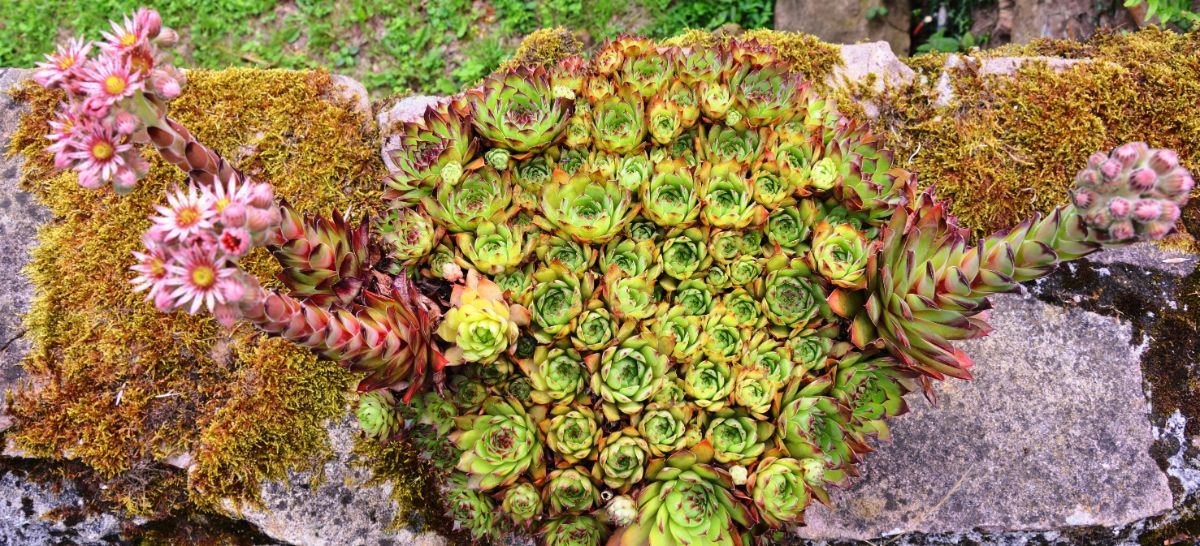
| Plant name: | Hen-and-Chicks |
| Cold Stratification Period: | 4-5 weeks |
| Lighting: | Full sun |
| Water: | Low |
| Growing zone: | Zone 3-8 |
If you live in a dry climate, hen-and-chicks are a perfect option for your garden. This drought-tolerant species is actually a succulent and requires very little water.
Growing in groups of larger and smaller rosettes, individual rosettes will often flower after 2 to 3 years and then die back, to be replaced by smaller rosettes. Flowers are pink in color and appear on long, fleshy stalks that have an out-of-this-world look to them.
Plant hen-and-chicks in full sun and let them do their thing. Despite being succulents, these plants are cold hardy to zone 3 and don’t need any extra winter protection when grown in this region.
29. Verbena

| Plant name: | Verbena |
| Cold Stratification Period: | 1-2 weeks |
| Lighting: | Full sun |
| Water: | Moderate |
| Growing zone: | Depends on variety |
Prized for its long bloom time, verbena blooms from late summer to early fall with showy clusters of flowers in purple, white, pink, red and blue.
A wonderful plant to add to pollinator gardens, verbena is a particular favorite of swallowtail butterflies, but it will attract bees and other beneficial insects too.
Flowers preserve well for dried arrangements and look charming in cut flower displays as well.
30. Boneset

| Plant name: | Boneset |
| Cold Stratification Period: | 2 weeks |
| Lighting: | Full sun |
| Water: | Moderate to high |
| Growing zone: | Zone 3-8 |
Highly attractive to many different sorts of pollinators, boneset blooms from late summer to early fall. Part of this plant’s allure is its strong floral fragrance which can perfume your garden space.
Once believed to aid with bone healing (hence the name), boneset may not be a very showy plant, but it is a delightful one. Small, frilly white flowers add a delicate touch to planting arrangements.
Just know that this plant can be difficult to grow without cold stratification, so if you’re up for winter sowing, give boneset a try. It’s well worth the effort!
What sort of flowers are best for winter sowing?
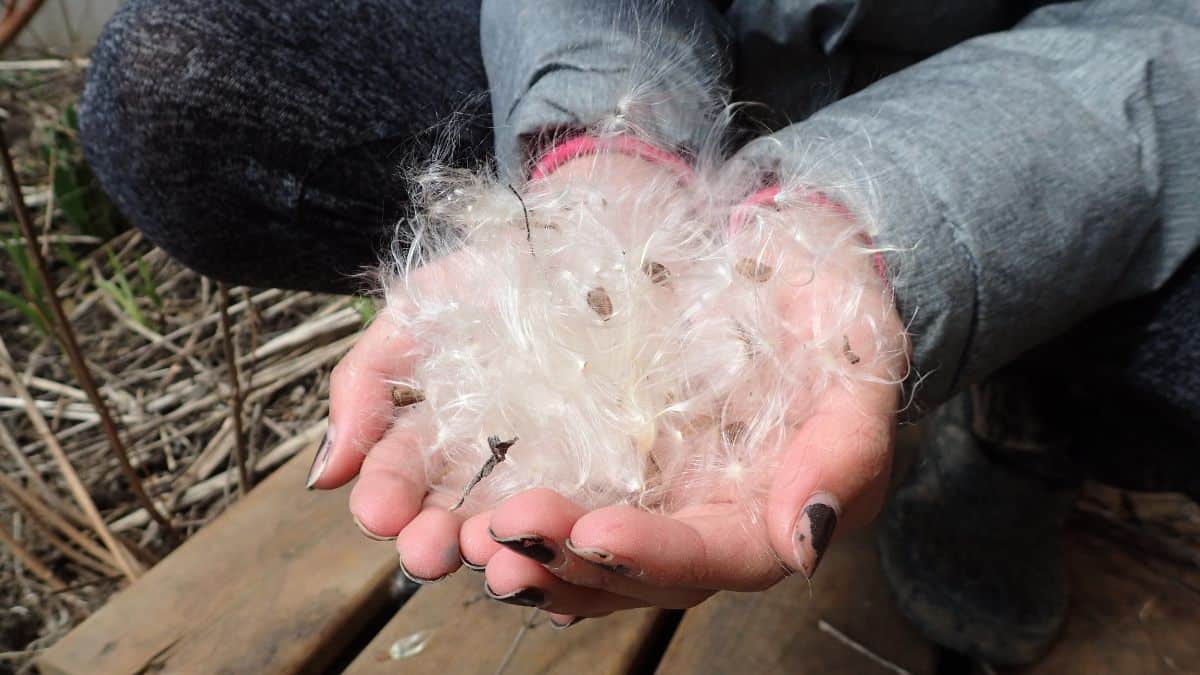
If you live in a warm climate, you have lots of choices for winter sown flowers. In fact, in many regions you can continue to plant cold-hardy blooms outdoors all year long, including resilient plants, like violas and pansies.
But if you’re located in a colder area and you want to grow flowers in mid-winter, you’ve got to think outside the box a bit. That’s where cold stratification comes in. Cold stratification is done indoors and, by mimicking the natural seasons, you can encourage flowers to germinate even in mid-winter. For long-season flowers and many native plants, this is an essential step needed to grow seedlings and to ensure plants have enough time to mature and produce blooms in a single growing season.
Most flowers that are best for winter sowing are native wildflowers. While non-native plants have often been genetically manipulated for easier germination, native plants maintain a lot of their wildness and won’t germinate without first undergoing the cold temperatures of winter. Because cold stratification simulates those cold temperatures, it’s able to trick wildflowers into sprouting, even indoors.
If you’re building a native pollinator garden or just love native plants, using winter sowing methods is the best way to ensure you get the plants you want. Many nurseries do not carry native wildflower plants so, if you want to grow them, often you’ll need to start them from seed yourself. And, if that’s your goal, cold stratification is the way to do it.
Cold stratification for native wildflower seeds
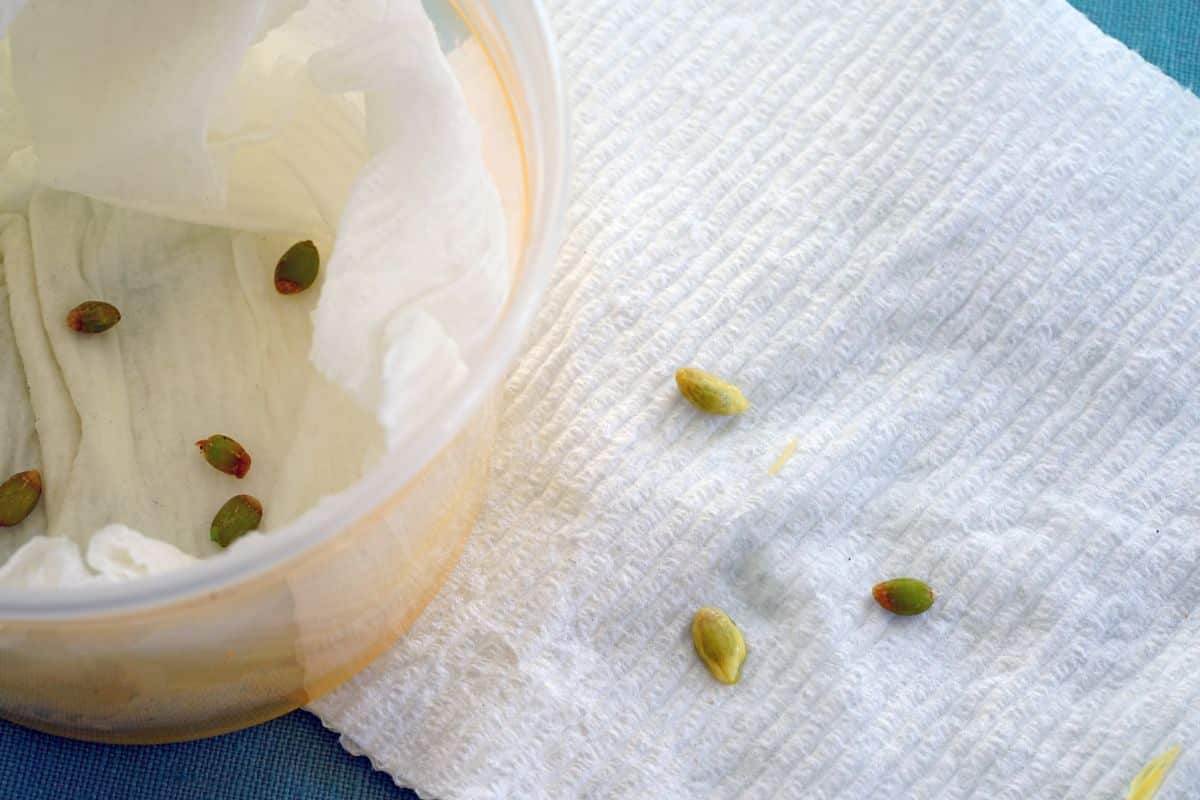
Cold stratification is a gardening technique in which a “false winter” is simulated with the use of your refrigerator. By placing seeds temporarily in a cool, moist environment and then moving them into a warm area, you trick them into thinking they’ve endured winter and spring is finally upon them. This jumpstarts the germination process, causing more seeds to germinate rapidly.
Vegetable seeds generally don’t need to undergo this “false winter” period because generations of farmers and gardeners have carefully bred this characteristic out of many common seeds. However, native wildflower seeds are usually not produced in bulk the way vegetable seeds are, and so they still retain a lot of their wild nature, including the need for a period of winter dormancy prior to germination. Cold stratification is the easiest and quickest way to encourage these wild seeds to sprout when you want them to.
Many wildflower seeds can be planted outside in autumn to eliminate the need for cold stratification. However, if you do this, you may experience a lot of seed loss and low germination rates due to moist conditions promoting seed rot. Additionally, insects, birds and other animals often gobble up autumn-sown seeds. Cold stratification creates a controlled environment that helps prevent seeds from molding or being subjected to predation.
When properly conducted, cold stratification can improve germination rates up to 400%. So you’ll experience less seed loss and, by starting your plants indoors, you can get a head start on the growing season. Better still, cold stratification is surprisingly easy to do and requires just a few basic ingredients.
How to cold stratify seeds indoors
To begin cold stratifying wildflower seeds, all you need is:
- A refrigerator
- Wildflower seeds
- Ziploc bags, Tupperware containers or any other food safe container
- Paper towels
- Permanent marker
- To begin, moisten two layers of paper towels and wring them out so they have approximately the consistency of a wet sponge.
- Spread your paper towels out flat and sprinkle your wildflower seeds on the paper towels. Try to scatter the seeds in a single layer, ensuring that all seeds are in contact with the paper towel.
- Next, fold the paper towel over and seal it inside your Ziploc bag or other container.
- Write your planting date on the exterior of your container, and the seed name too, so you can keep track of your work.
- Finally, place your container in the back of your fridge or in one of your refrigerator drawers. Temperatures in these areas will fluctuate less when you open your fridge door, which will keep the environment more consistent for your seeds.
- Different seeds need to remain in this cold, moist environment for different amounts of time. Check the information on your seed packet or in the chart below to know how long to leave your seeds in your fridge.
- Once the appropriate amount of time has passed for your particular seed variety, remove your seeds from the fridge and plant them as normal. You’ve successfully broken your seed’s dormancy period so, once planted in seed starting mix, your wildflowers should sprout quite readily.
While this method works well for small quantities of seeds, if you want to cold stratify a bunch of seeds at once, use this bulk seed germinating method instead:
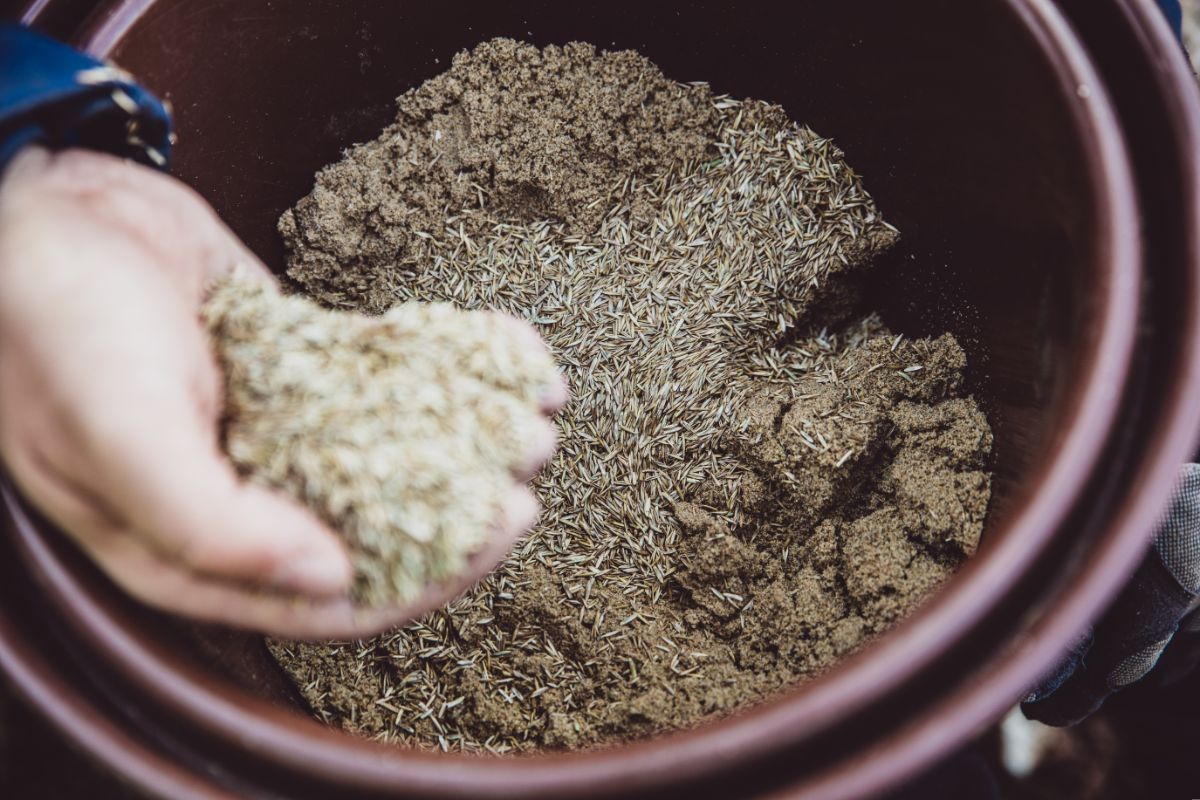
- Pick a planting medium that you like to work with. Good choices include sand, vermiculite or peat moss. If you choose to use sand, opt for a coarse-grained, all-purpose grit and give it a good rinse before use. Fine sand is often more difficult to work with in this process.
- Next, moisten your medium of choice until you can easily clump it together into a ball shape.
- Now, mix in your wildflower seeds. You’ll want about 1 part seeds to 3 parts of your medium of choice.
- Finally, bag up your mix into Ziploc bags, label your bag with the seed variety and planting date and stow your bag in your fridge for the appropriate amount of time for your particular seed variety.
- When you remove your bag from your fridge, make sure you’re ready to plant your seeds because they’ll be ready to sprout immediately.Your seed and substrate mixture can be potted up indoors or scattered in prepared garden beds in mid- to late spring after the danger of frost has passed.
Winter sowing outdoors

If you don’t want to cold stratify your seeds indoors, there is an alternate method: winter sowing outside. Winter sowing allows you to take advantage of the already cold temperatures outdoors to encourage your seeds to sprout. It also helps you to create a protected environment to keep your seeds safe.
Outdoor winter sowing is a great option if you don’t have a lot of indoor space to work with, you’re germinating a lot of seeds, or you just don’t want the mess and hassle that comes along with indoor gardening.
In most areas, you’ll want to winter sow in January through early February, when outdoor temperatures are still cold enough to break wildflower seeds’ dormancy. If you wait too long, temperatures may be too warm to cause your seeds to germinate. But beyond that, sowing your seeds mid-winter is a great remedy for the winter blues, especially if you’re missing working in your garden!
When winter sowing, you’re basic goal is to create mini greenhouses which will provide a nice, safe and protected environment for your germinating seeds. Luckily, all the ingredients you need to winter sow are easy to come by and very inexpensive (or free!).
What you need:
- Seeds
- Used, food safe, plastic containers. You’ll want containers that are clear plastic or lightly opaque to allow sunlight to penetrate. Good choices are milk jugs, soda bottles and some plastic takeout containers.
- Potting soil
- Duct tape
- Scissors
- Permanent marker
- To begin, if you’re using a milk jug or soda bottle, carefully cut your container in half using your scissors. Make your cut about 5 to 6” from the bottom of the container to leave plenty of room for your soil. Also, when slicing your bottle in half, it helps to not cut all the way through your bottle, so try to leave about 1” of your bottle un-cut. This can serve as a simple “hinge” for your “greenhouse.”
Then, poke a few holes in the top and bottom of your container. These holes will provide air flow and drainage to keep soil from getting waterlogged, so poke a bunch!
- Next, add about 4” of soil to your container. You’ll want to use a pretty tall container to begin with (like a soda bottle) to ensure you have enough space for your soil. After all, your plants will be staying in these greenhouses until transplanting, so you want to leave lots of space for their developing roots.
Because this setup is outdoors, light and airy seed starting mix isn’t necessary. A good, quality organic potting mix is all you need.
- Now, scatter your wildflower seeds on top of your soil line and lightly dust a bit of soil over your seeds. Then, gently water your seeds in with some water.
- After planting and watering your seeds, seal up your container. If you’re using a milk jug or soda bottle, carefully secure the two halves together with a bit of duct tape.
While it’s still cold out, this setup will help break your seeds winter dormancy period. As your plants grow, the container will trap in moisture, warmth and humidity and will protect your plants from predation, as well as cool temperatures. Seeds can stay in these mini greenhouses until you’re ready to transplant them.
- In cold climates, locate your winter sowing containers in sunny areas of your yard to help seeds warm up. However, if you’re in a warm location, moving your growing containers into a bit of shade might be a good idea because containers can heat up quickly in direct sun.
It’s always a good idea to place your containers in an area where they won’t be exposed to lots of wind because you don’t want them tipping over.
- As your seeds grow, keep an eye on them. Once seedlings begin to develop, cut a larger hole in the side of your container for better air flow and to prevent issues like mildew. You’ll want to water your soil from time to time too to keep it from drying out.
When the weather is warm, you can remove the tops from your containers, but be sure to seal them back up again at night to prevent chill.
- Once your seedlings are nice and robust and reach the top of your containers, they’re ready to transplant. And, even better, since you germinated your seeds outdoors, you won’t need to worry about hardening them off either!
Conclusion
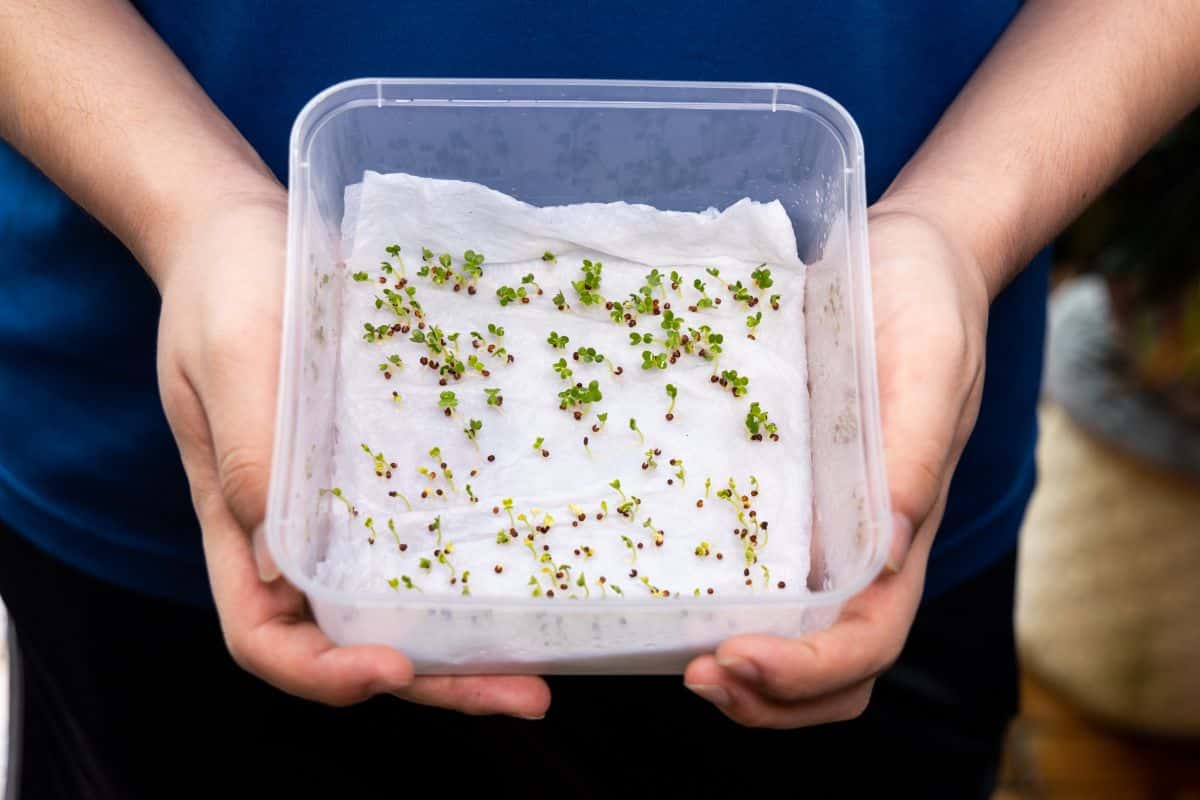
During the winter months, when your garden is asleep under the snow, there is no reason to stop gardening. In fact, because there is less to do outside during the colder half of the year, it’s often the ideal time to get a jumpstart on next year’s garden, plan new beds and, of course, start planting new seeds.
While many gardeners wait until March and April to begin vegetable seeds and common annuals, native wildflowers usually need a longer growing season and a period of cold stratification to germinate. Starting these plants as early as January is the best way to guarantee you’ll have plants that are mature enough to bloom in spring and summer.
Cold stratification and winter sowing are incredibly easy planting methods to master and they’re a surefire way to take your garden to the next level. So this year, when seed catalogs arrive at your doorstep or you find yourself sifting through seeds at your local nursery, pick up some native wildflowers and try winter sowing. Your garden will reap the benefits with hard-to-find blooms and native pollinators are sure to increase their visits too!
References:
- Ballard, Kelly. “How to Cold Stratify Seeds for Your Butterfly Garden.” Joyful Butterfly. 7 July 2022. 2022.
- “Cold Stratification of Native Wildflower Seeds.” Giving Ground Seeds. 7 July 2022. 17 January 2021.
- Lamp’l, Joe. “Winter Sowing: A Simple Way to Successfully Start Seeds Outdoors.” Joe Gardener. 7 July 2022. 14 November 2019.

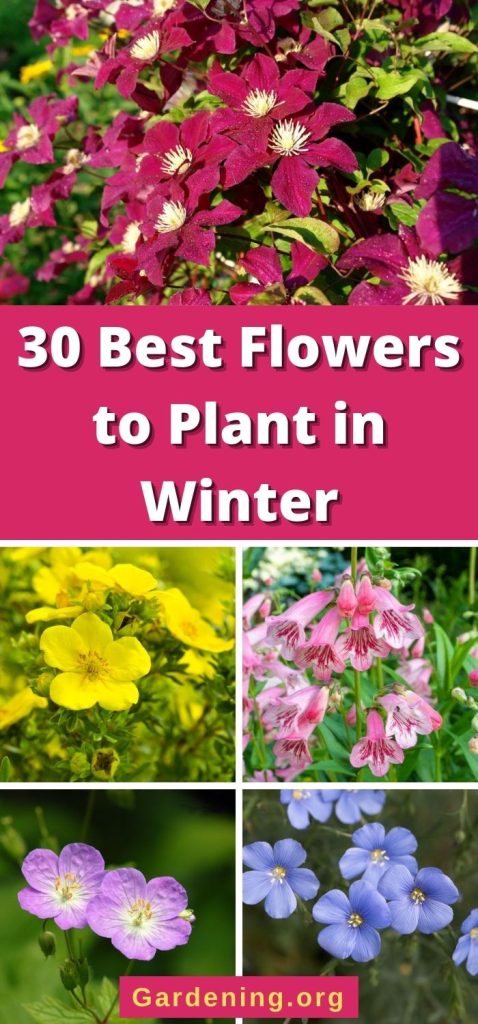
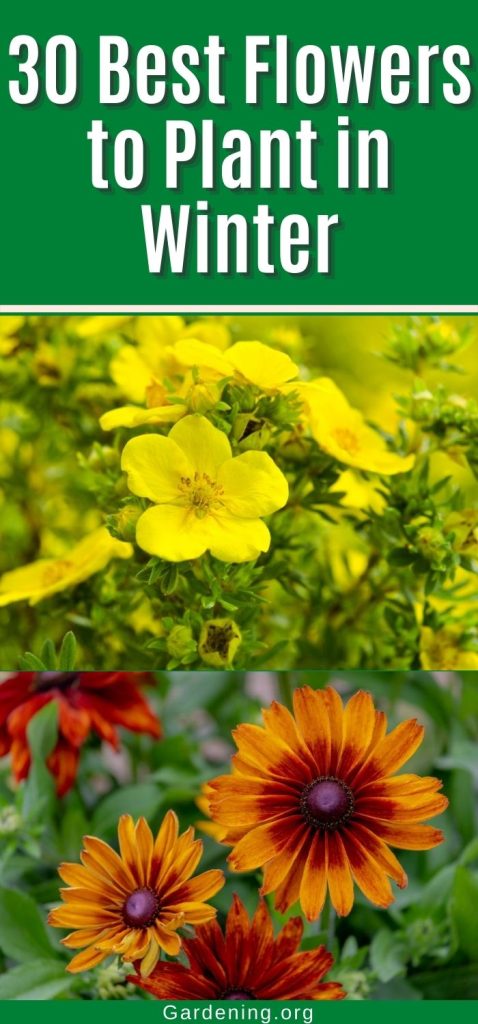
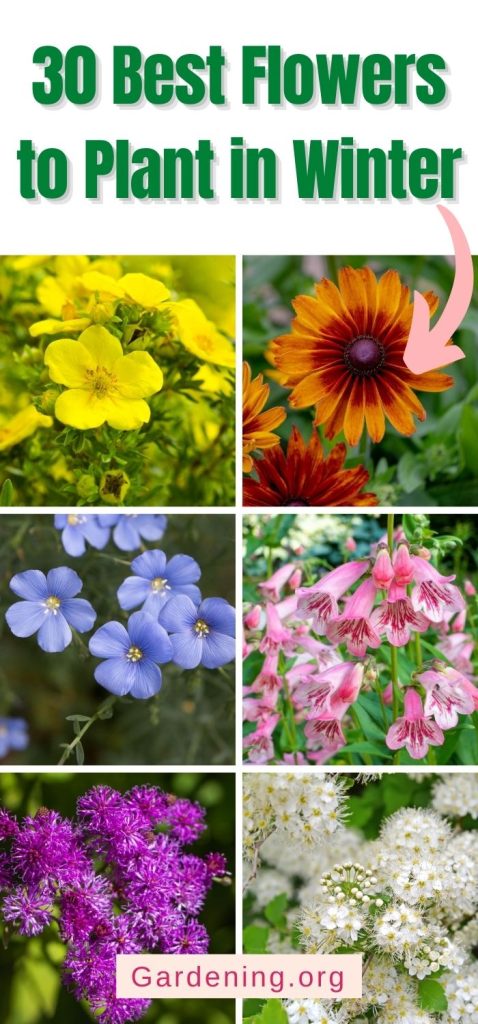
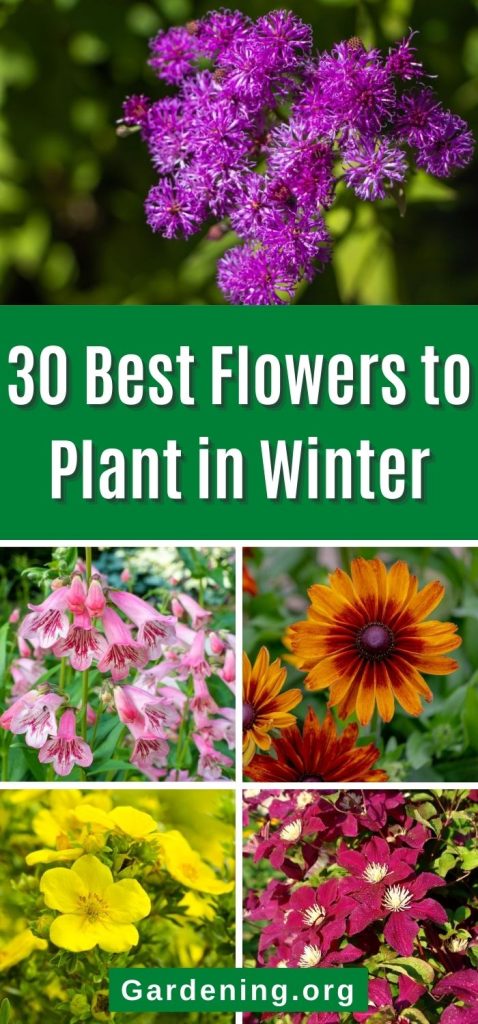
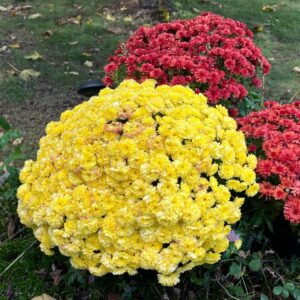
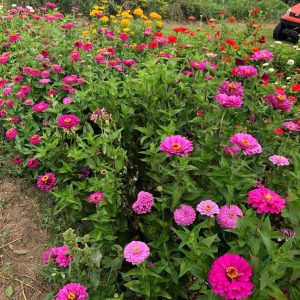

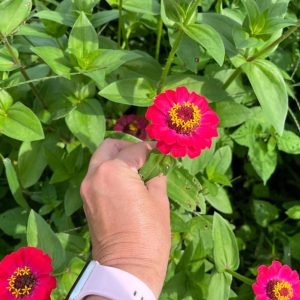
gene feola
love this info.
David Dale
This article was so well written and informed. I was mesmorized by the background, expertise and wonderfully written words giving me hightened joy learning great history of the plant itself. I look forward to further reading about flowers, veggies, and new advances ahead. Our planets climate change event adds to the new and expert gardening education I'm absorbing to be participating in plant survival, enhancement, restoration, and needed interaction with living organisms needing our nurturing as human beings on Earth. Above and beyond....thanks for giving me more to live for.